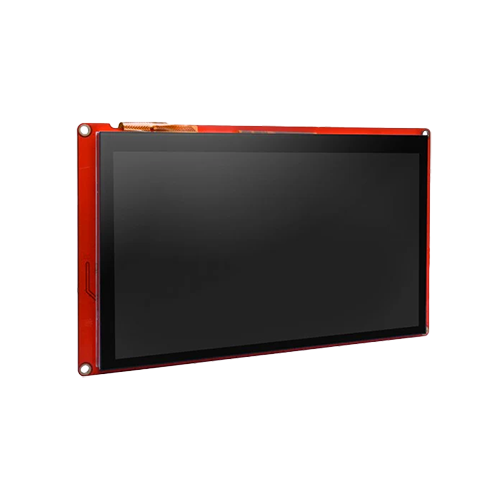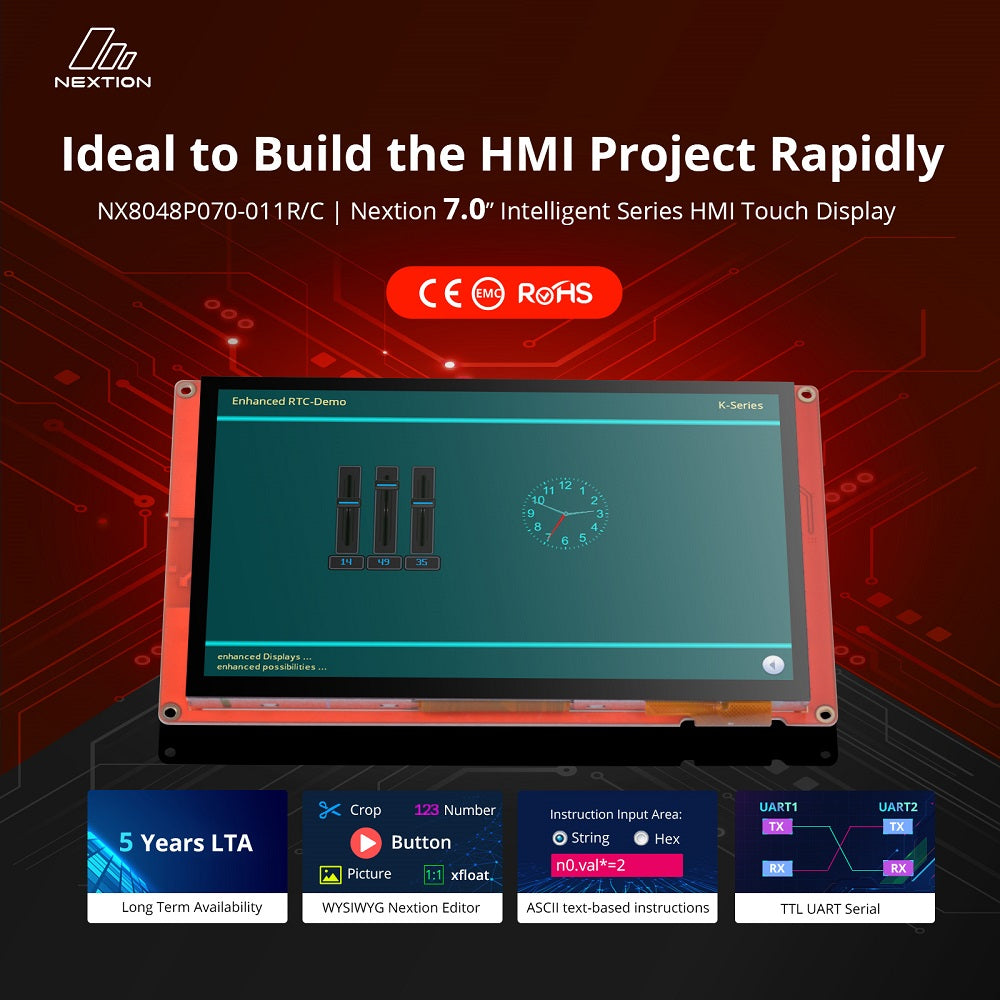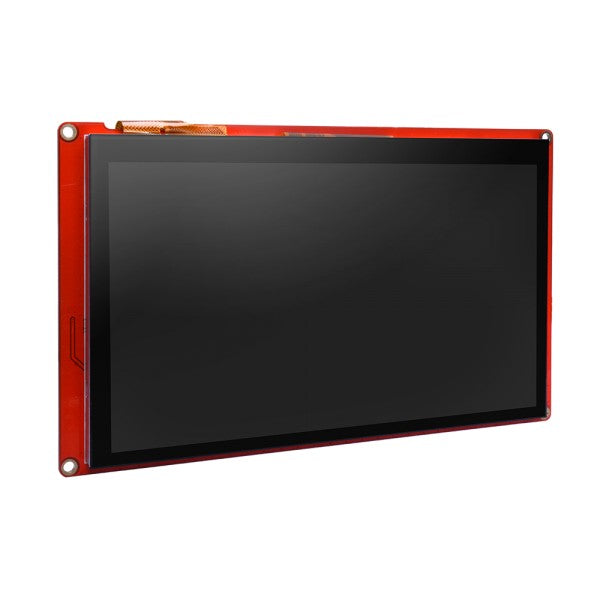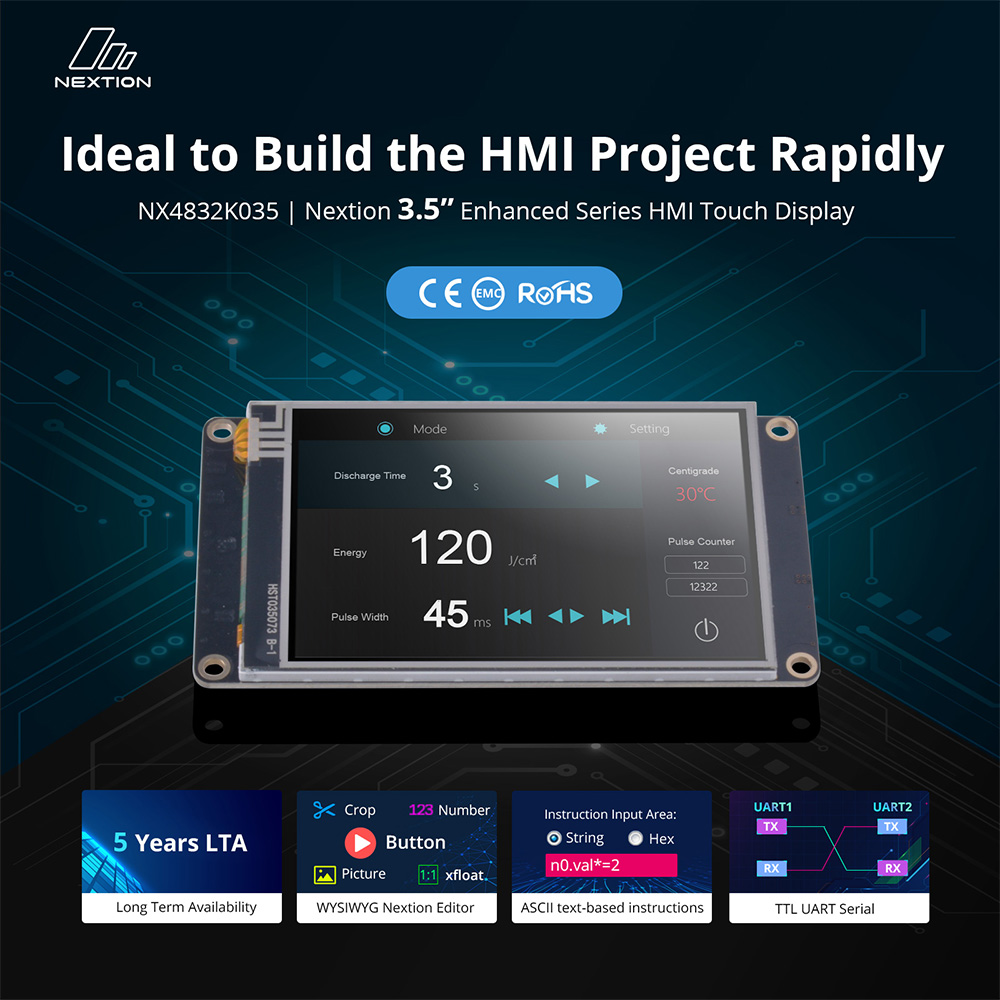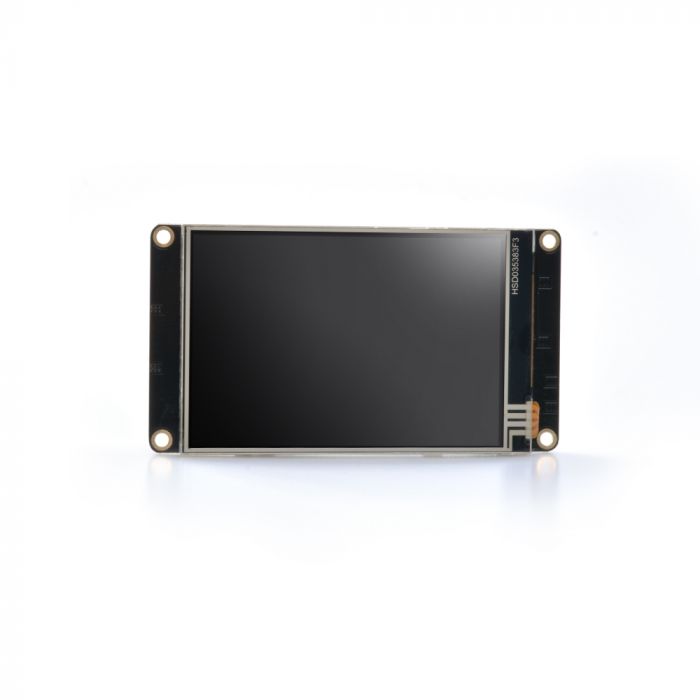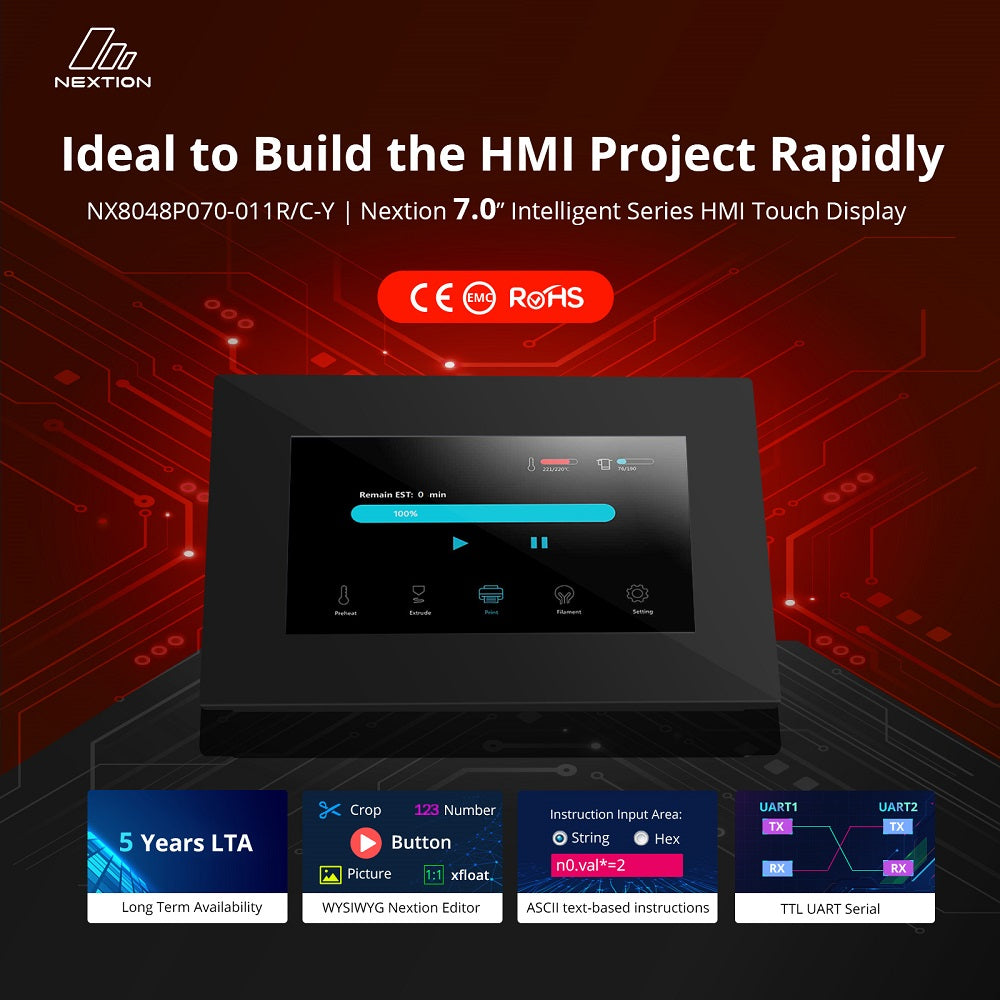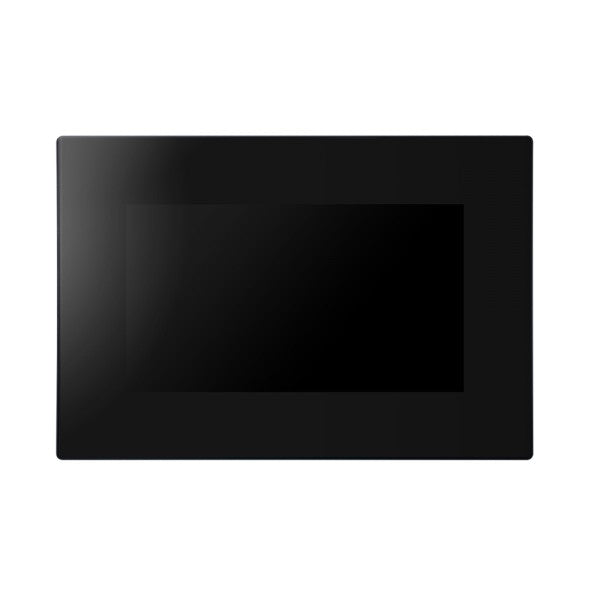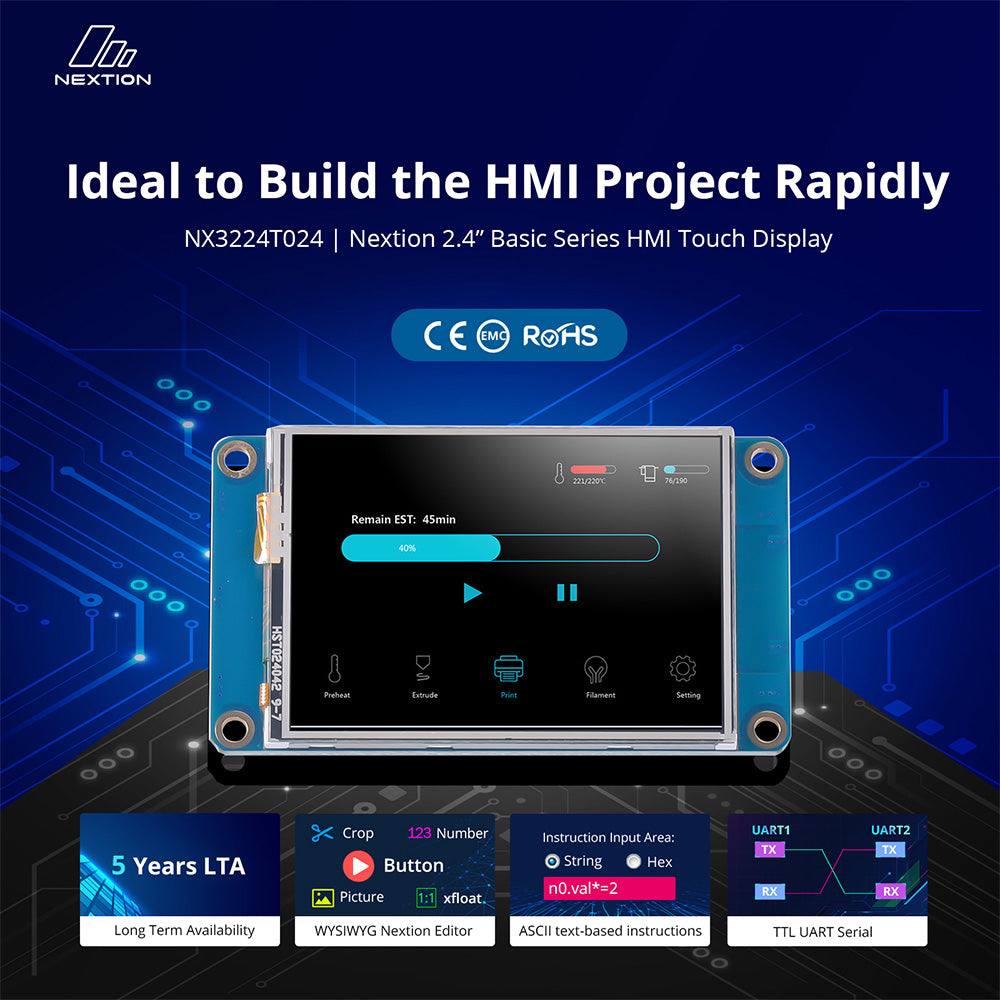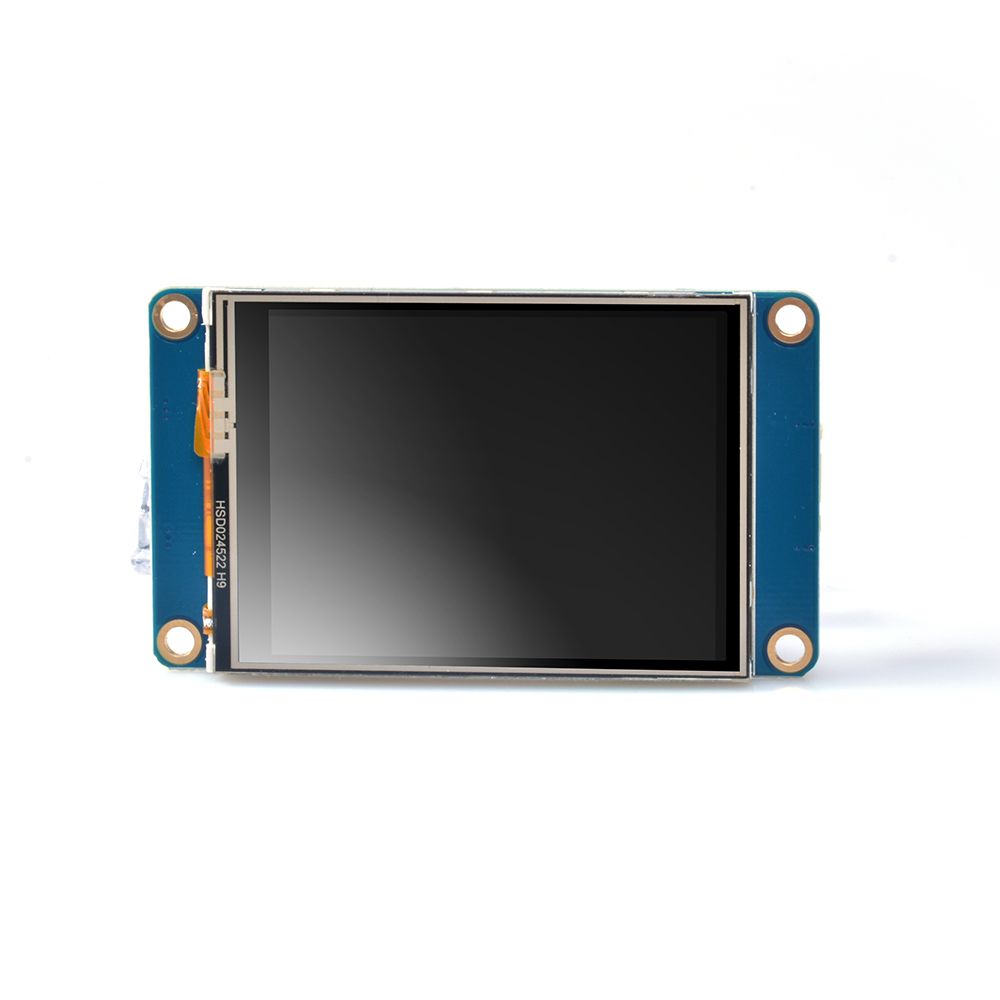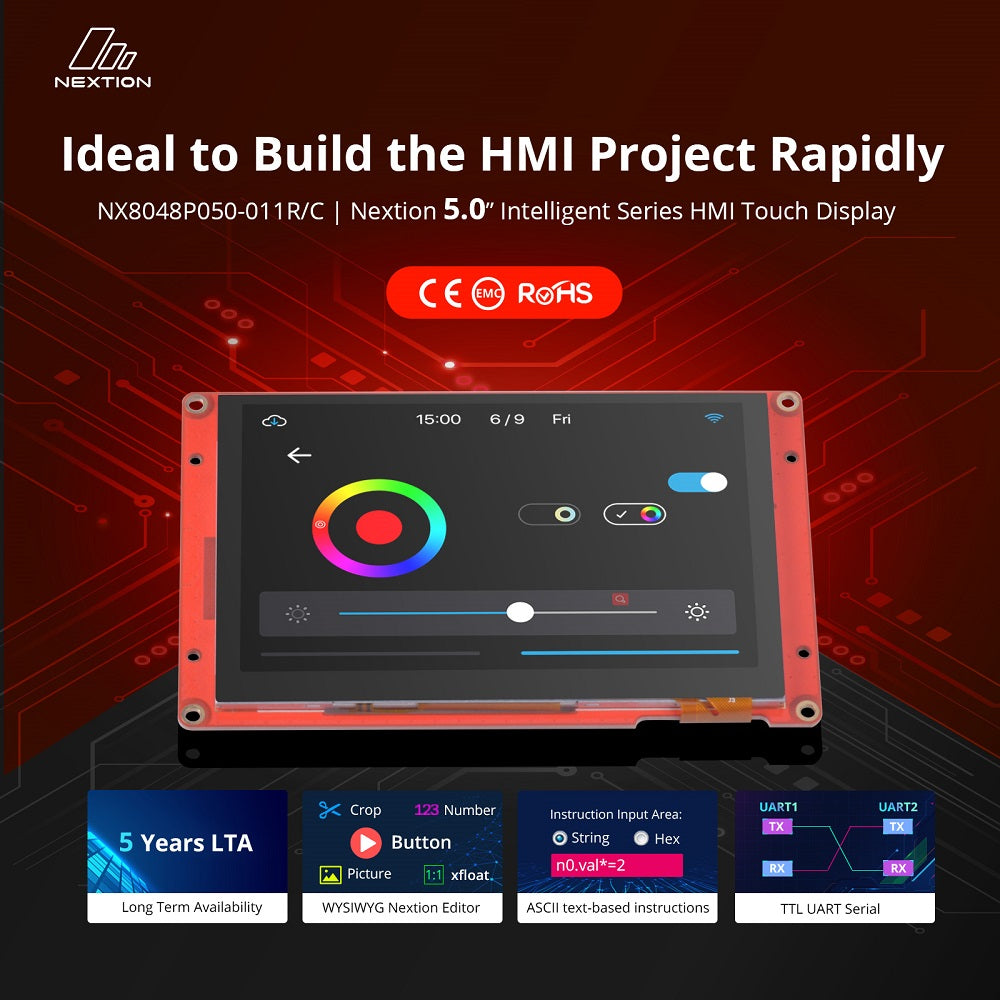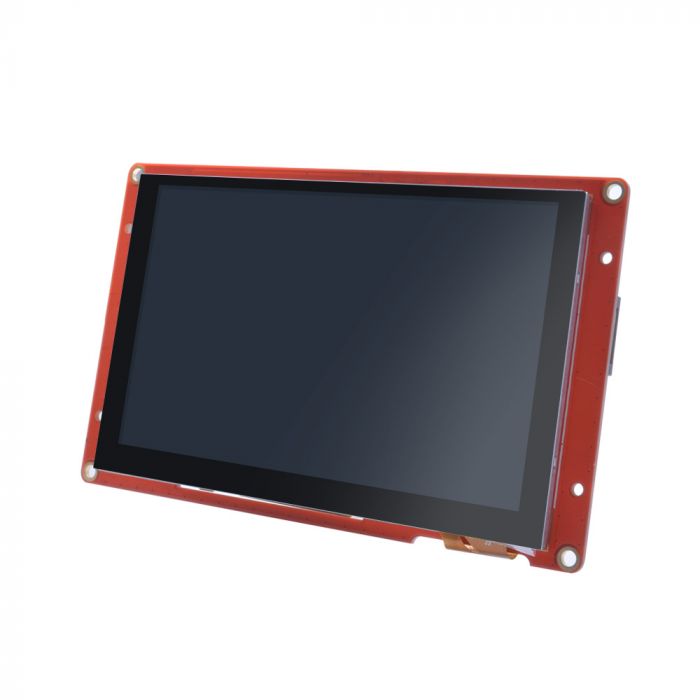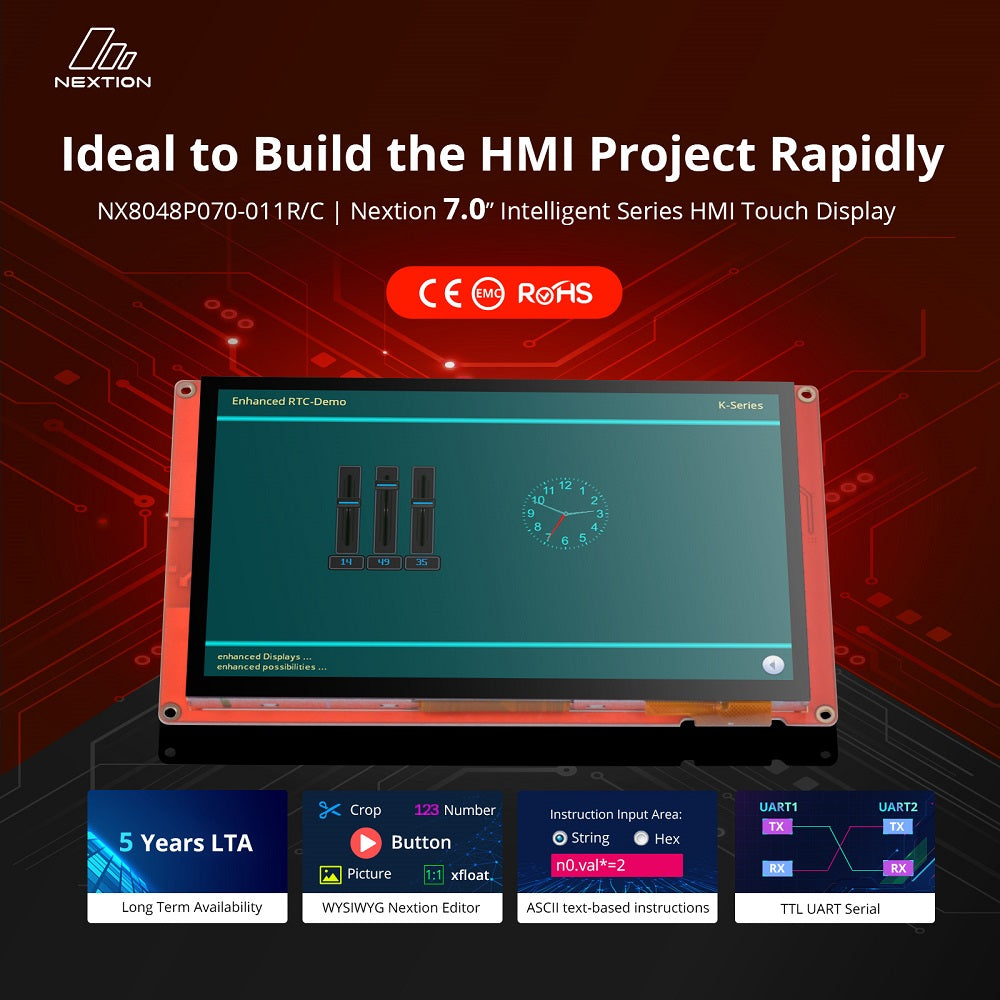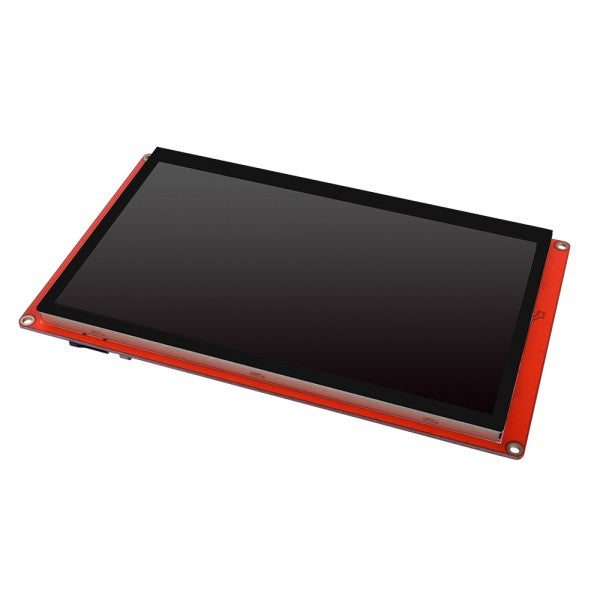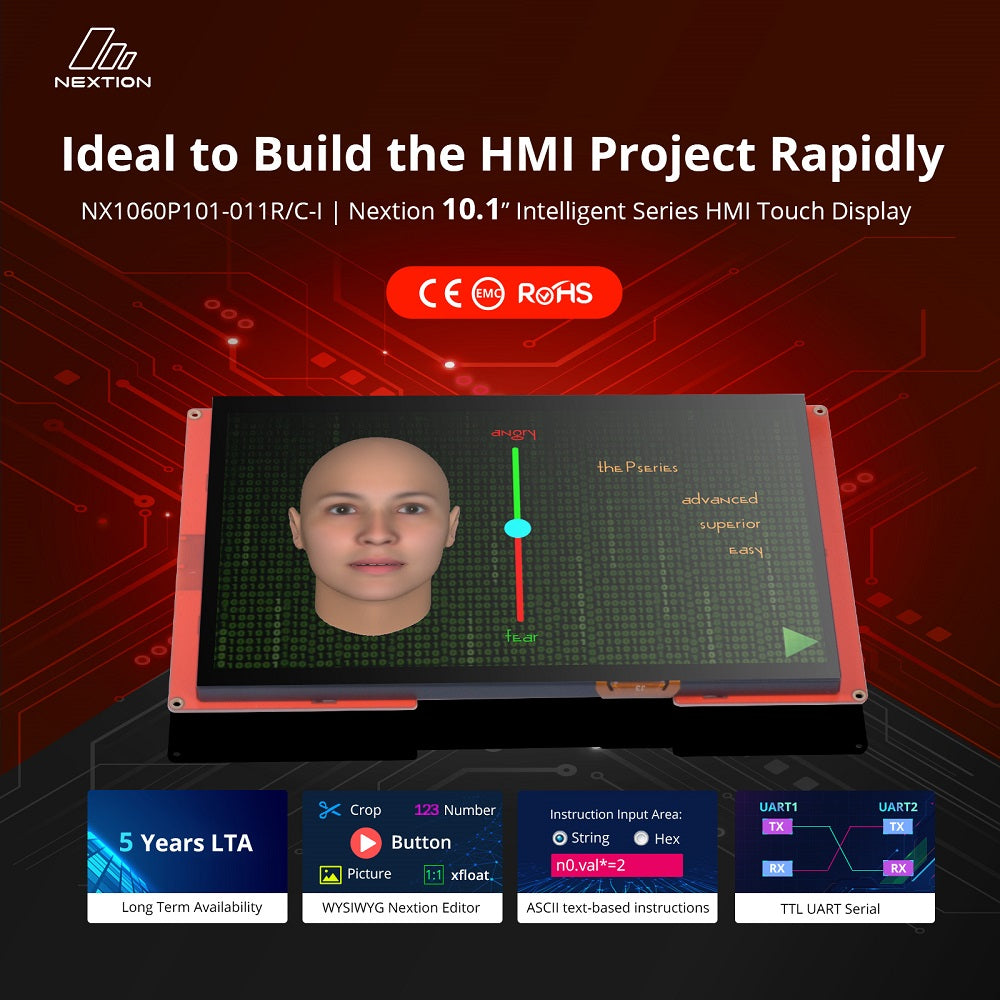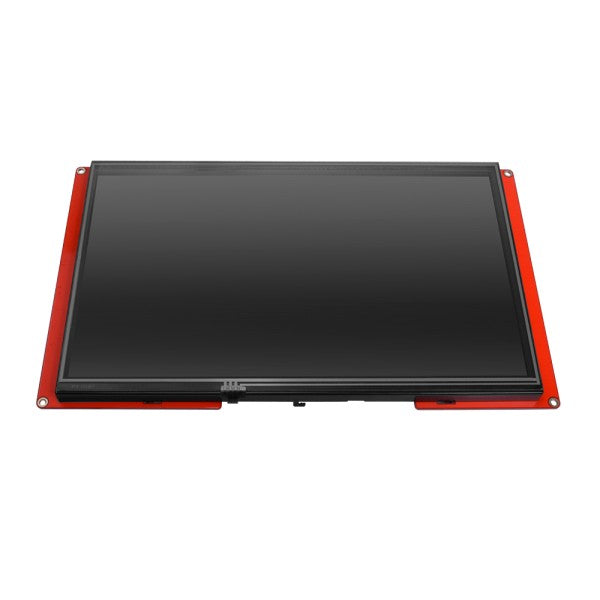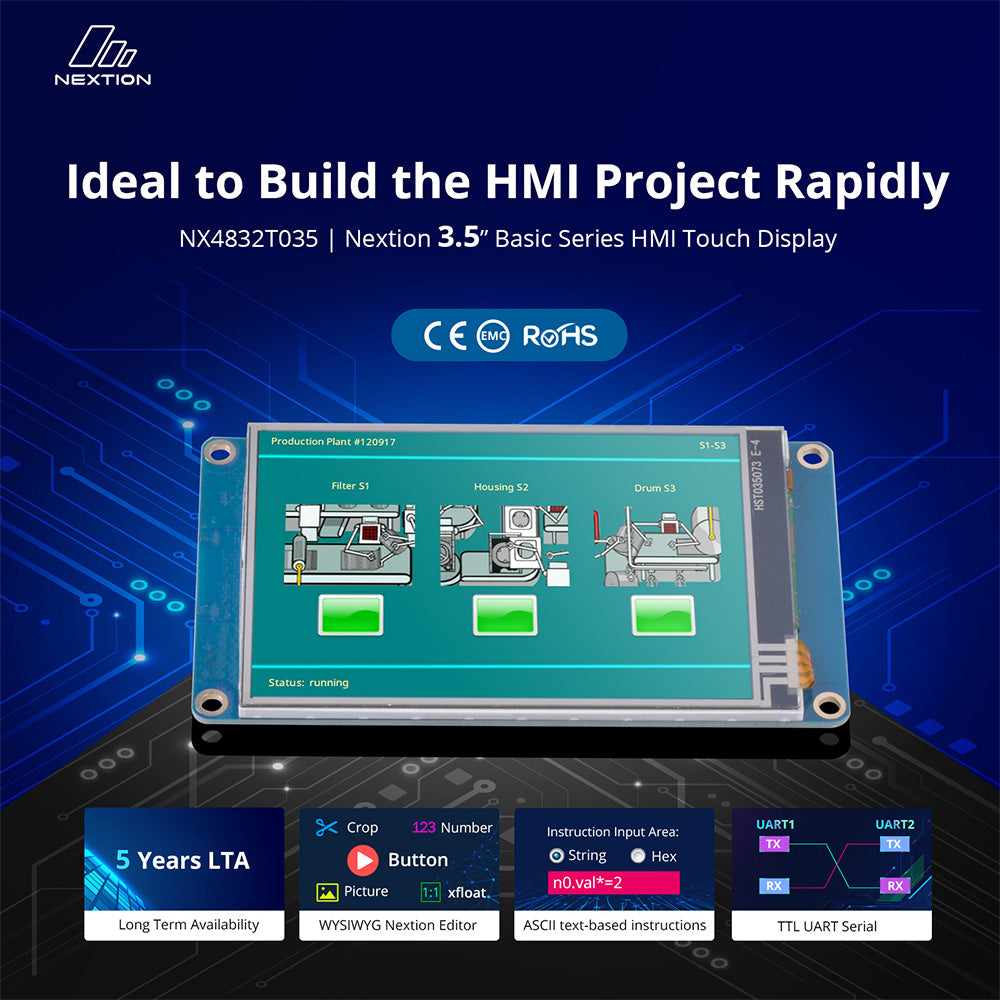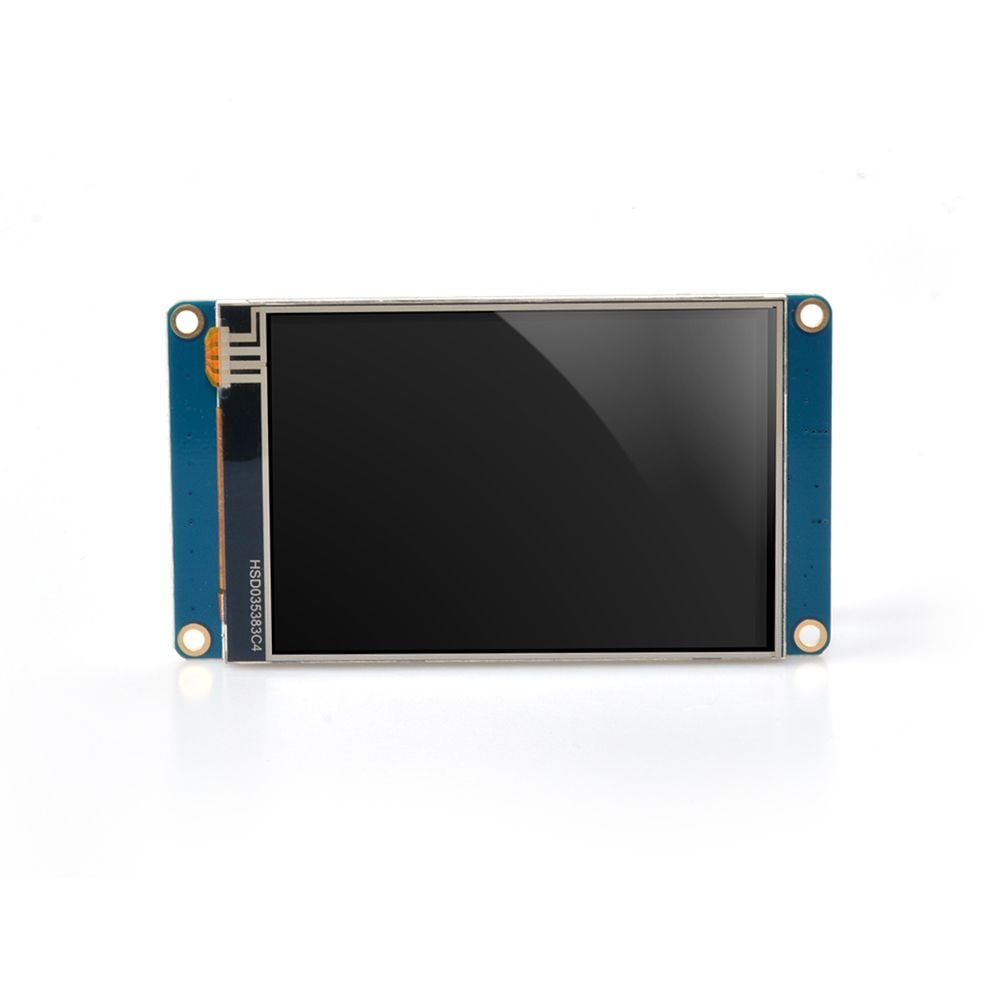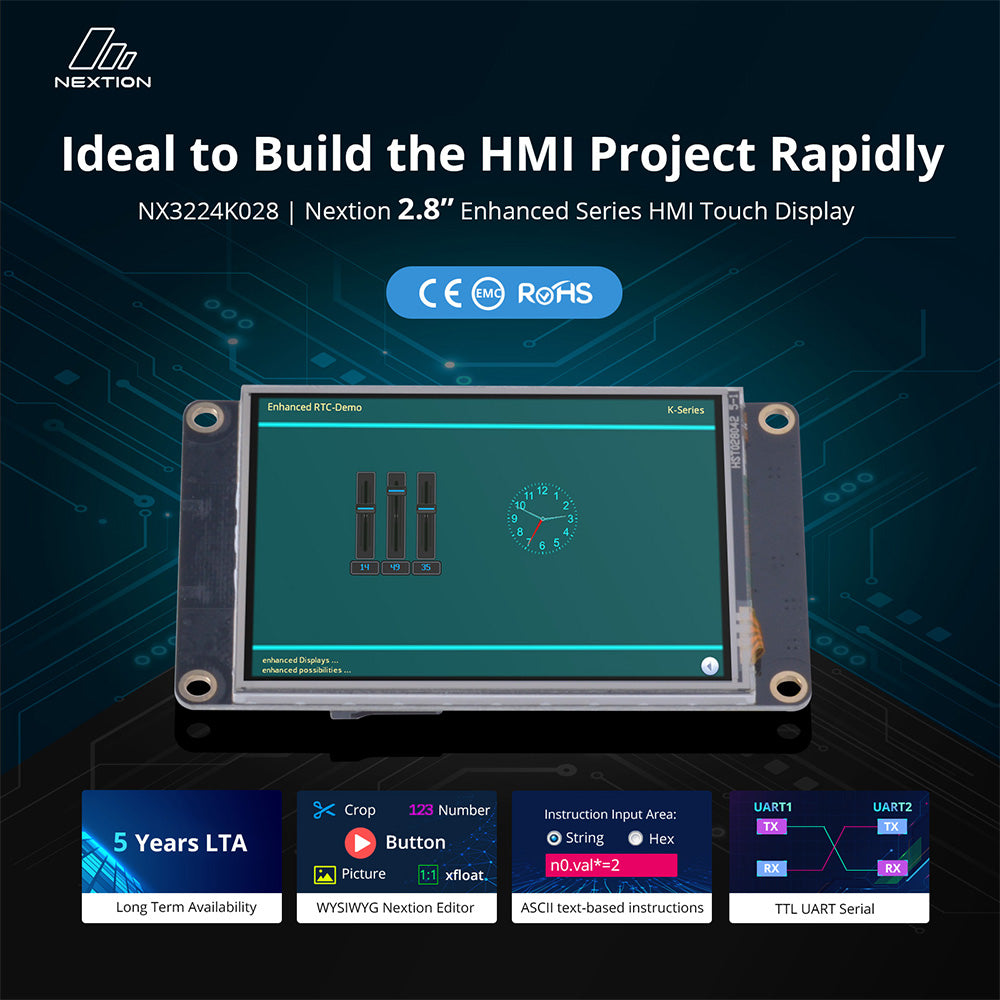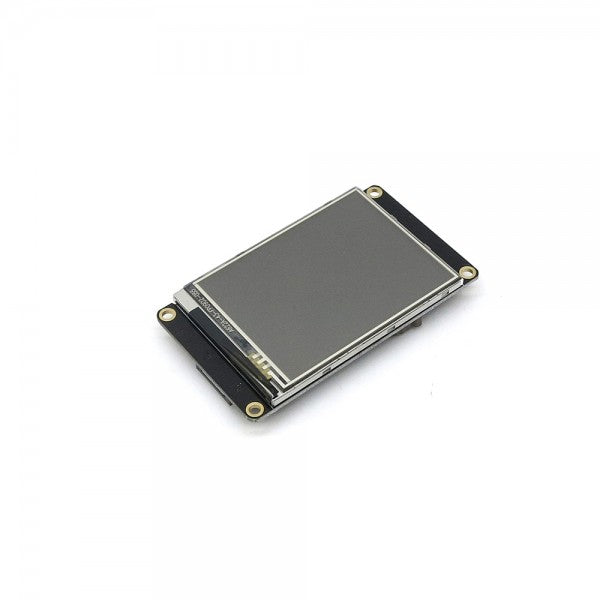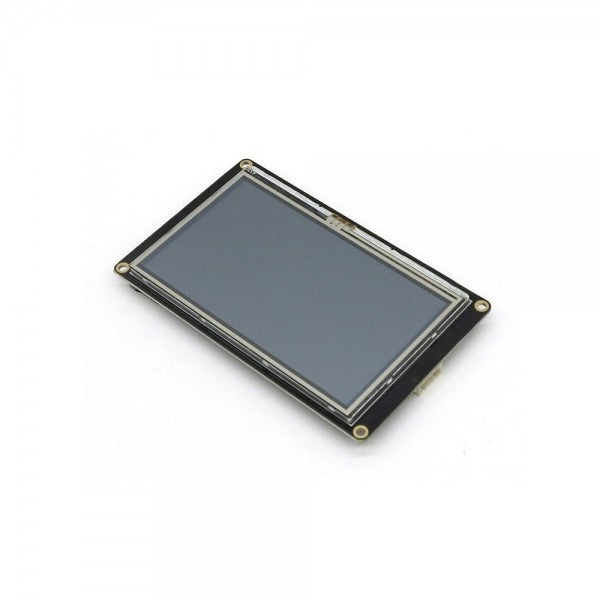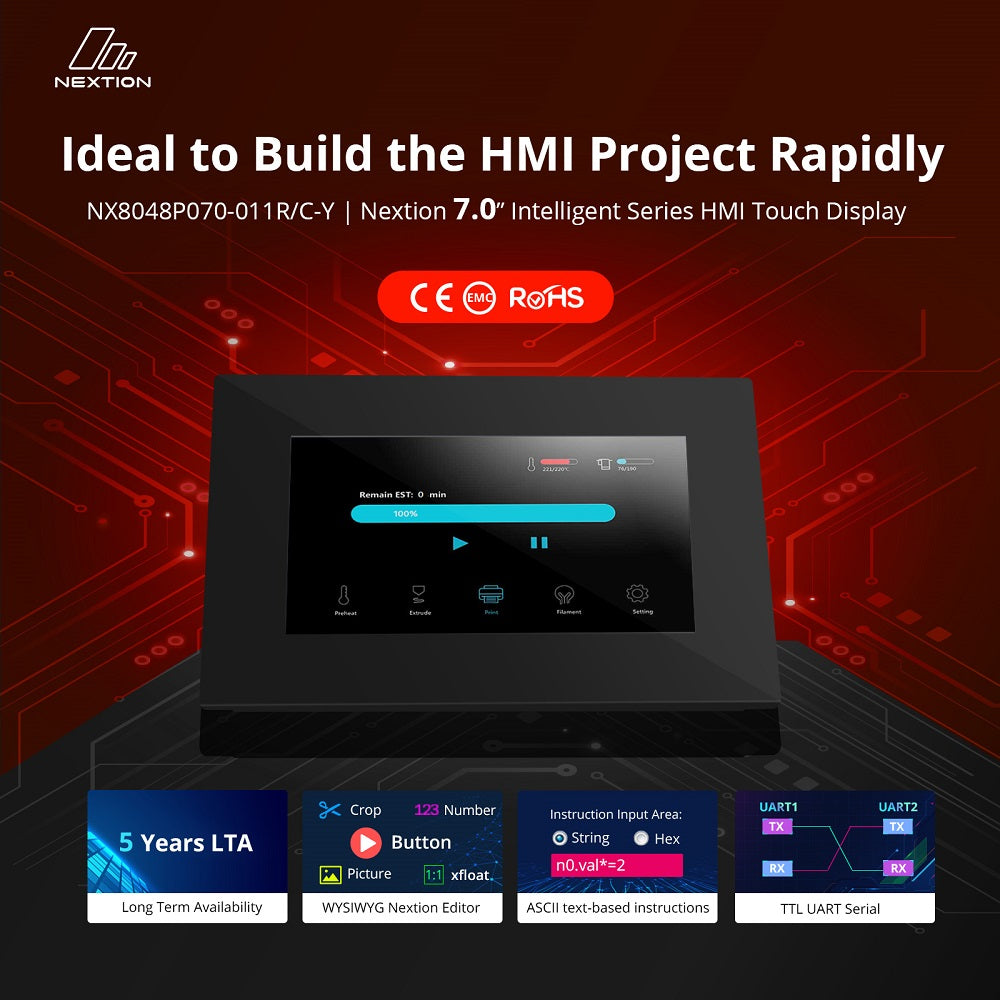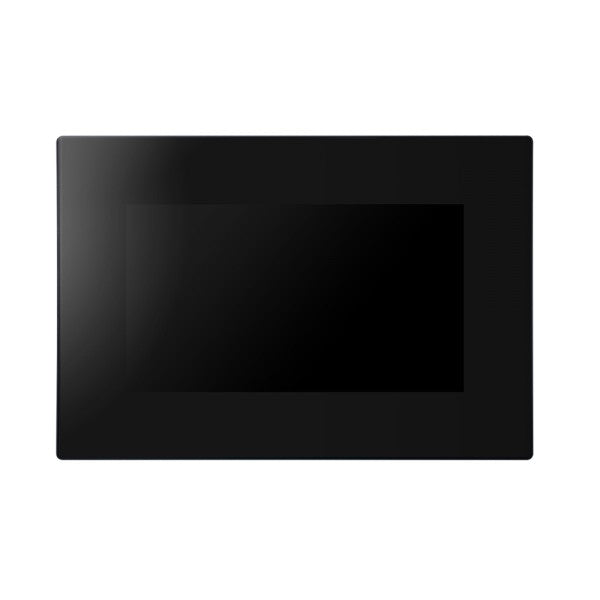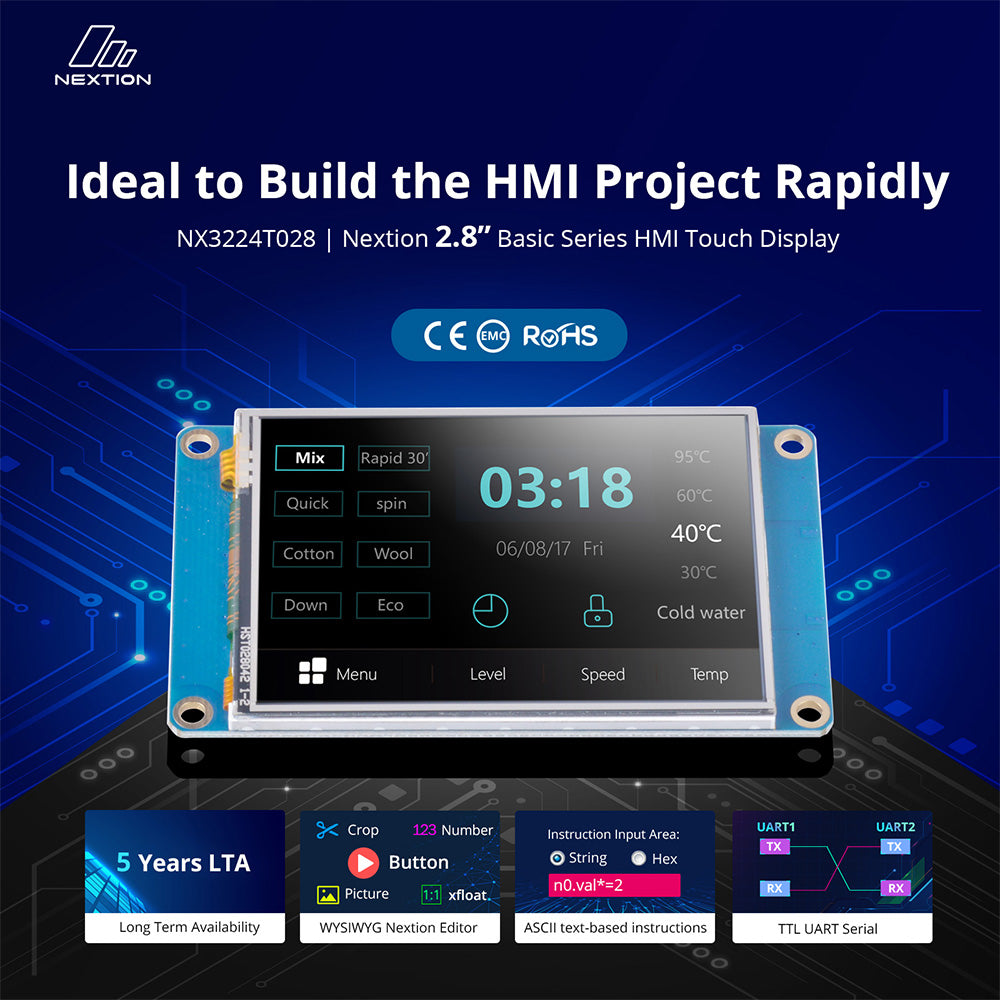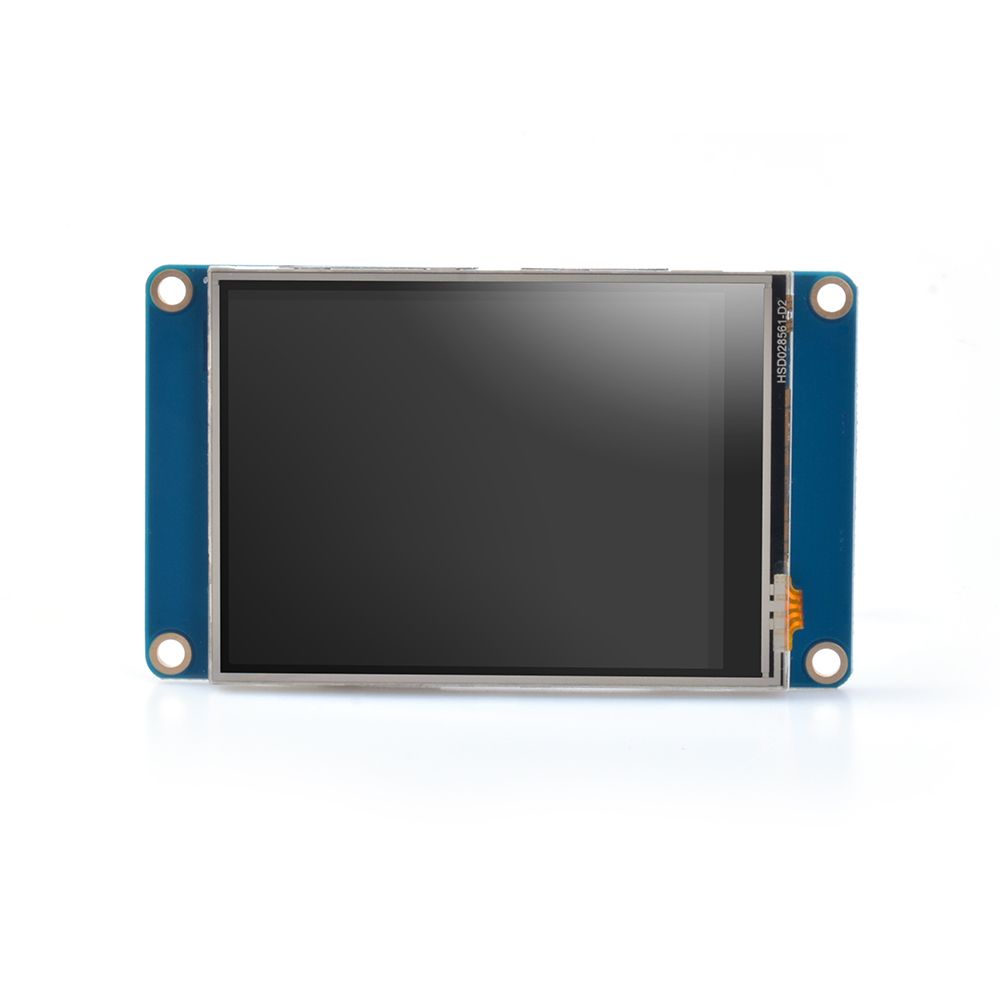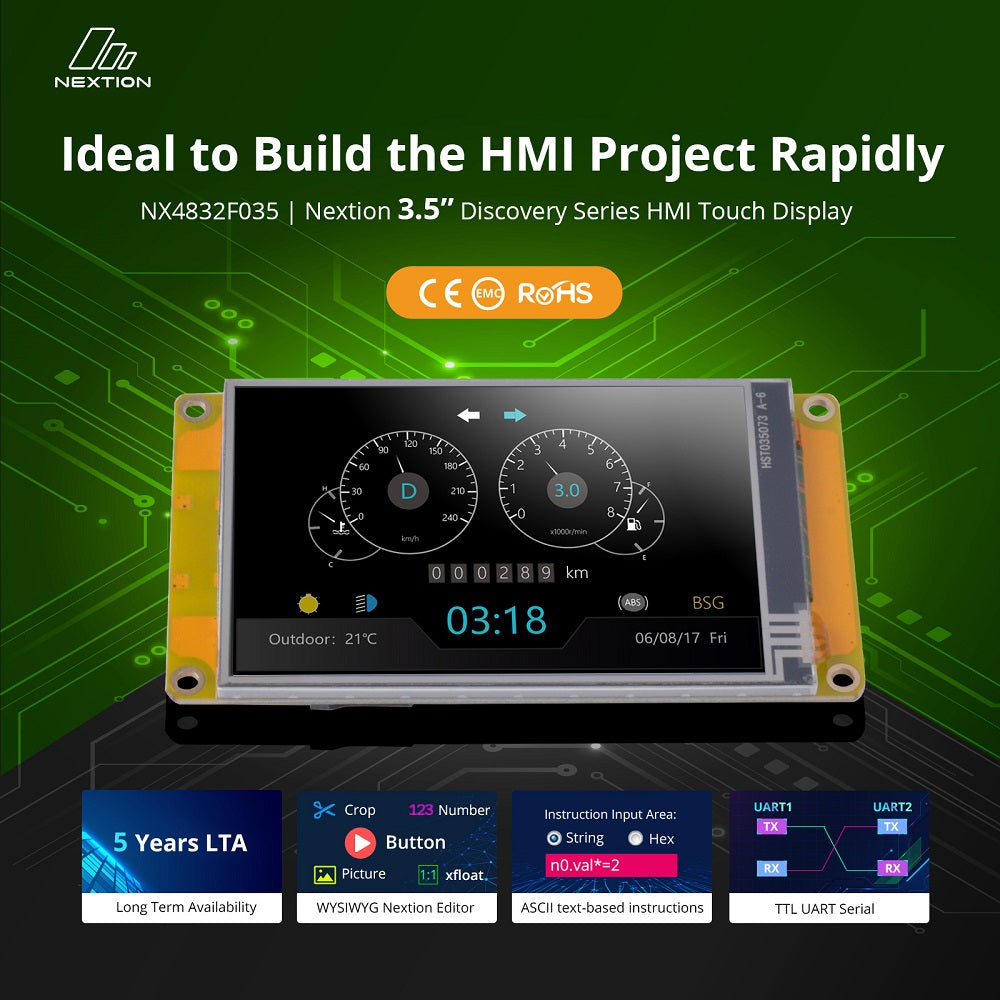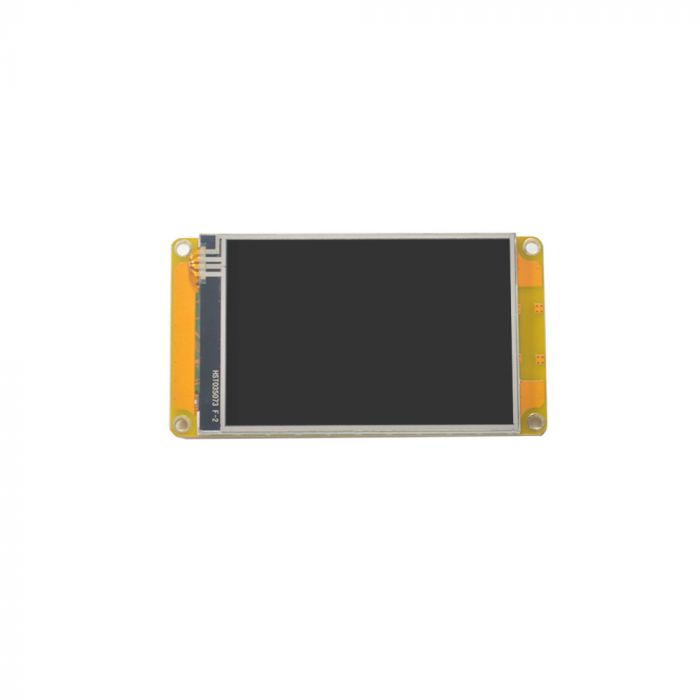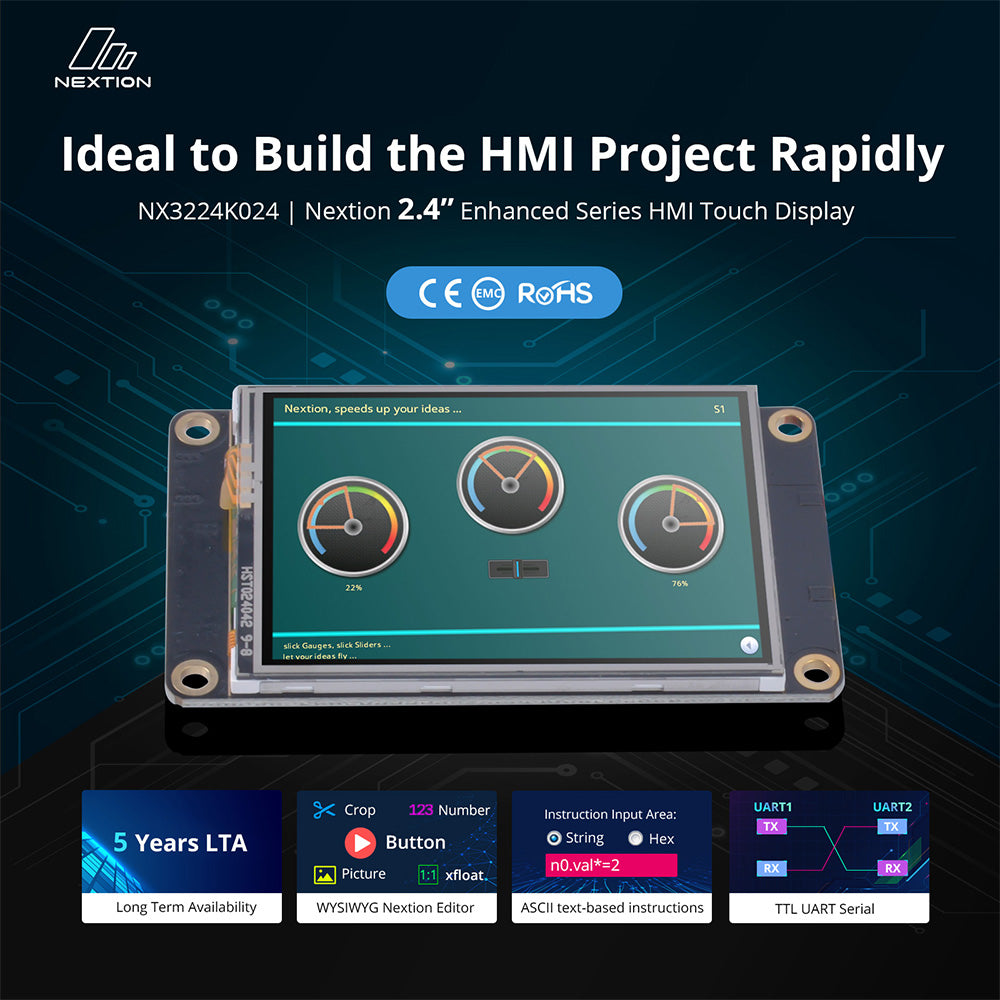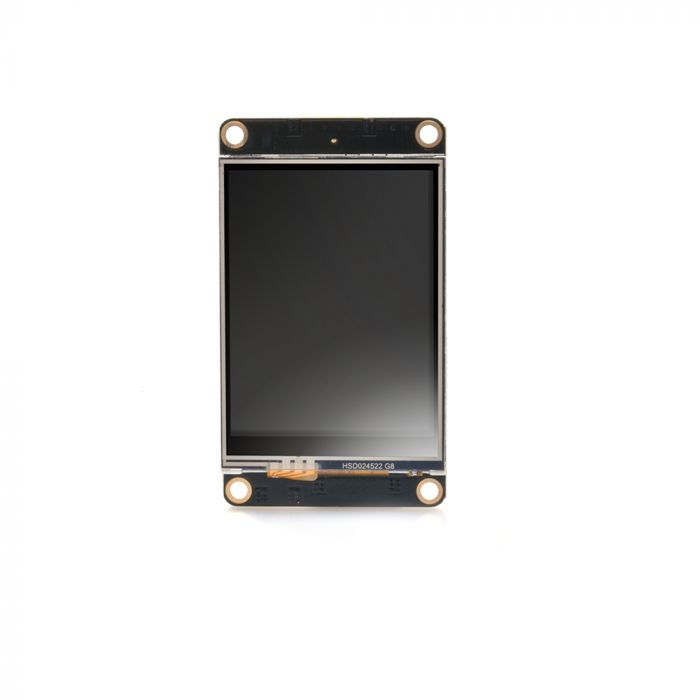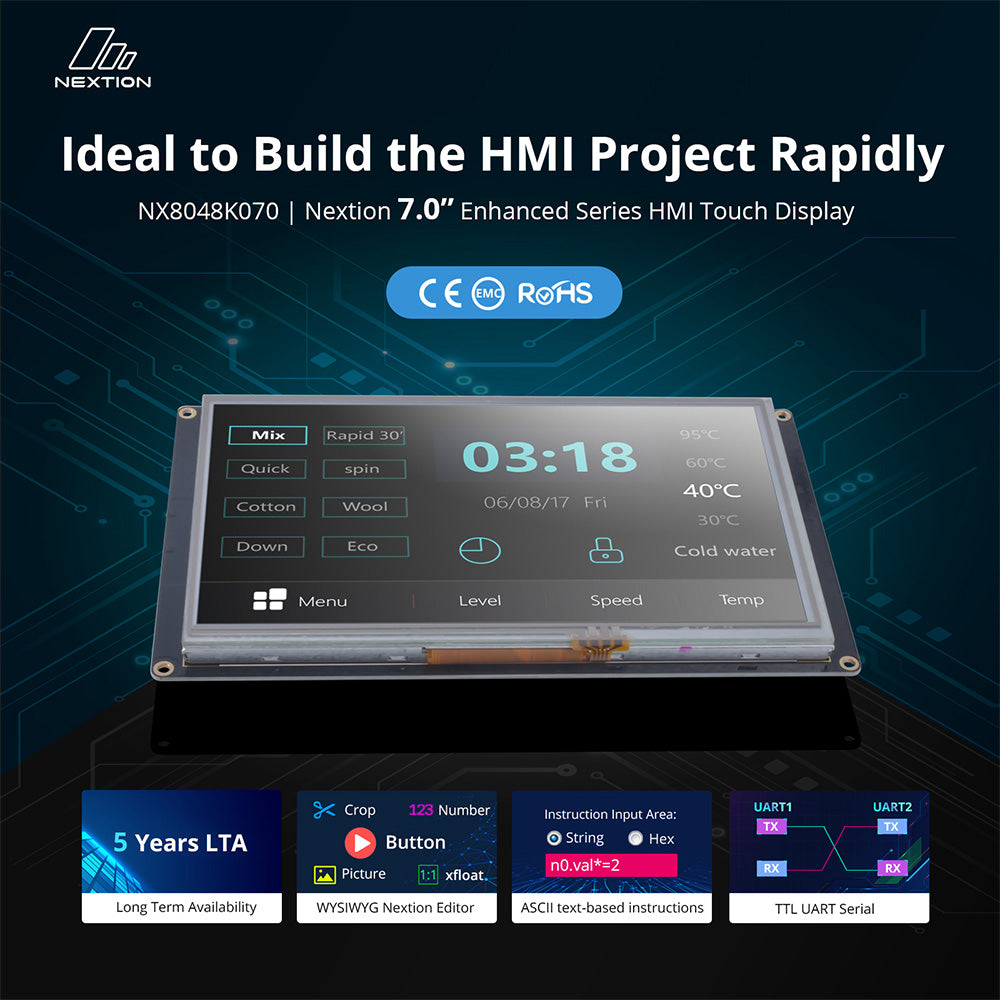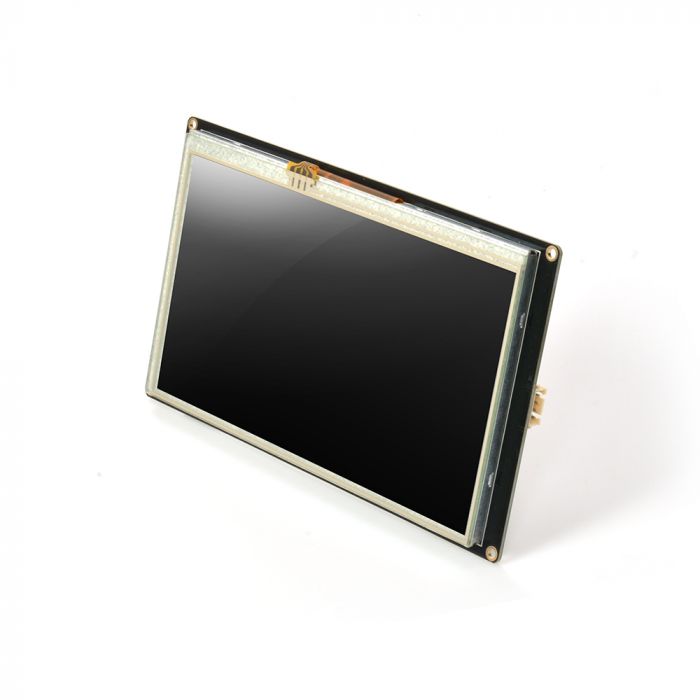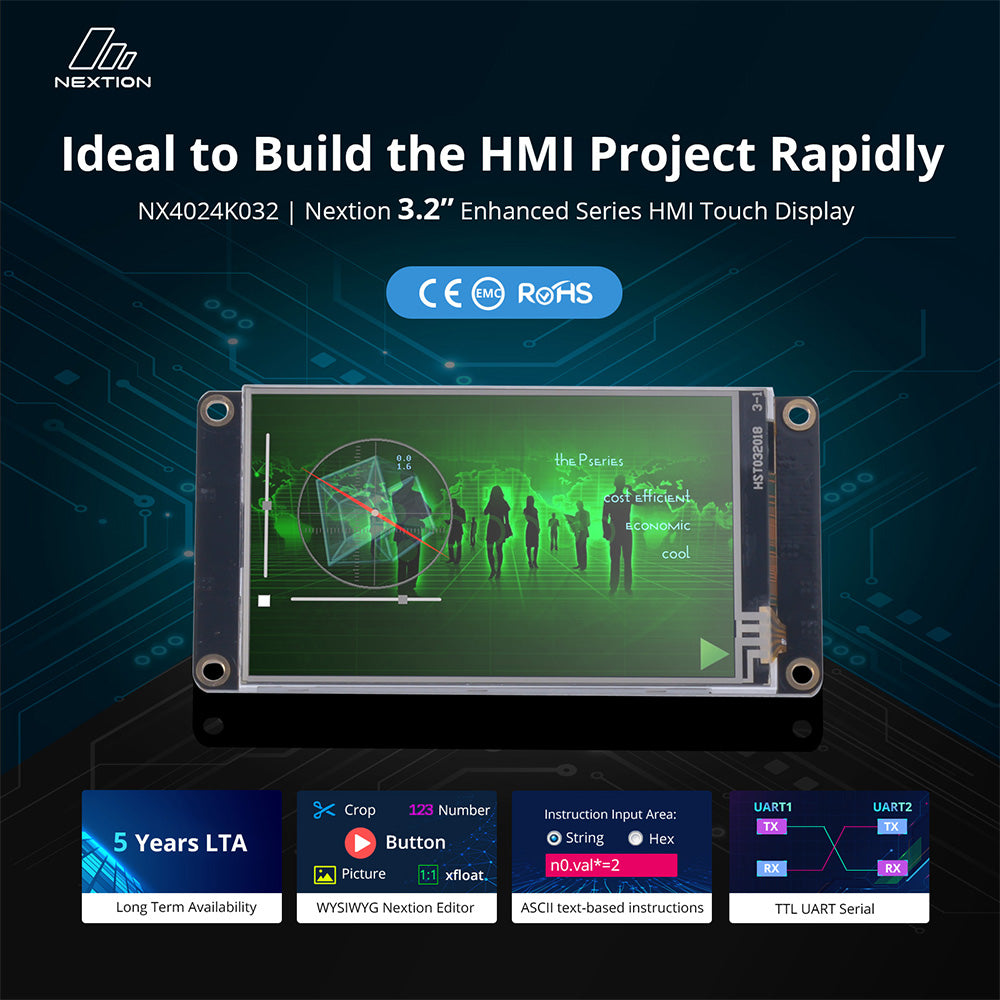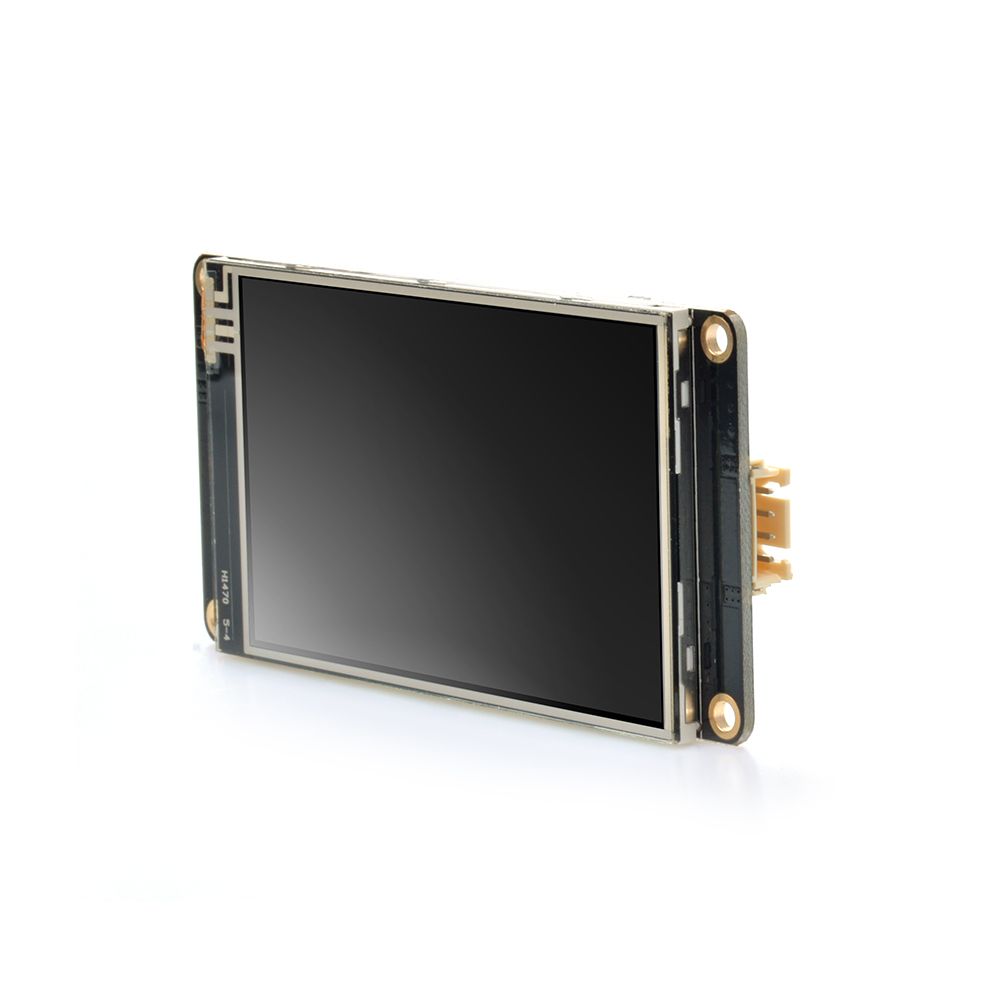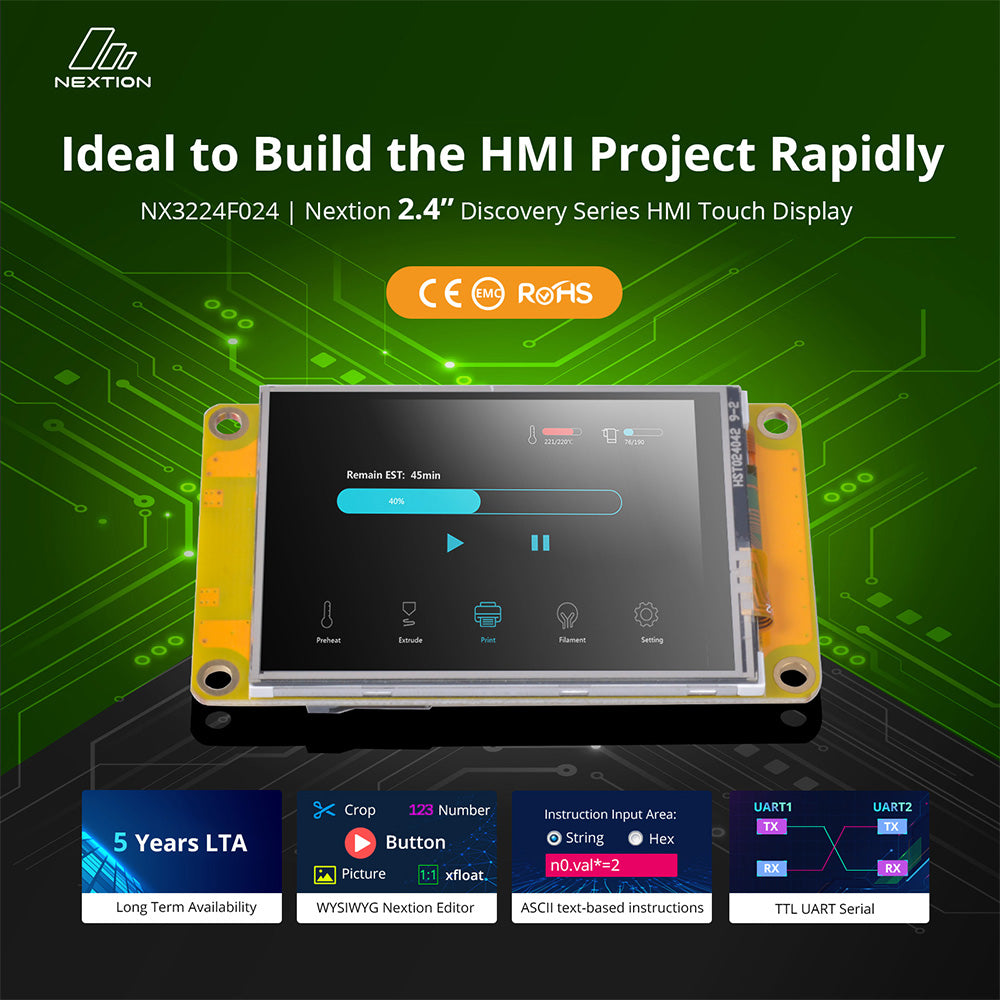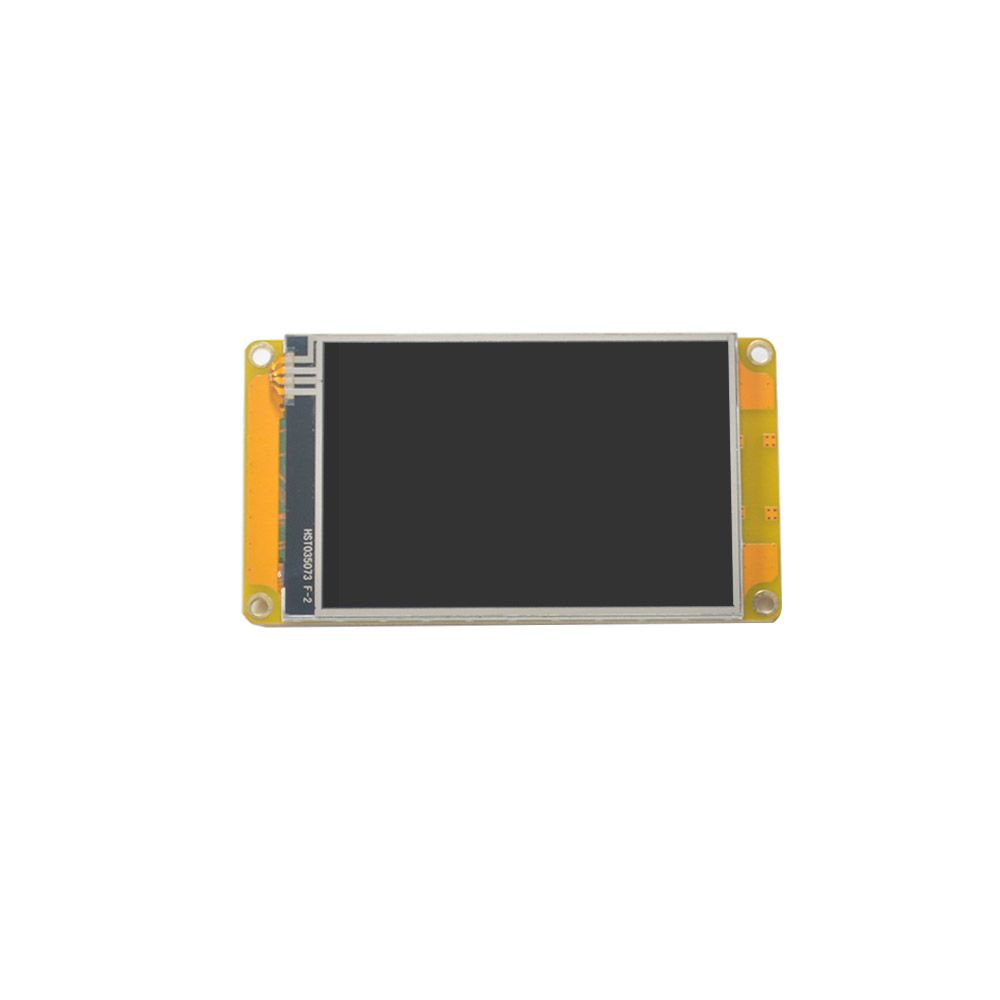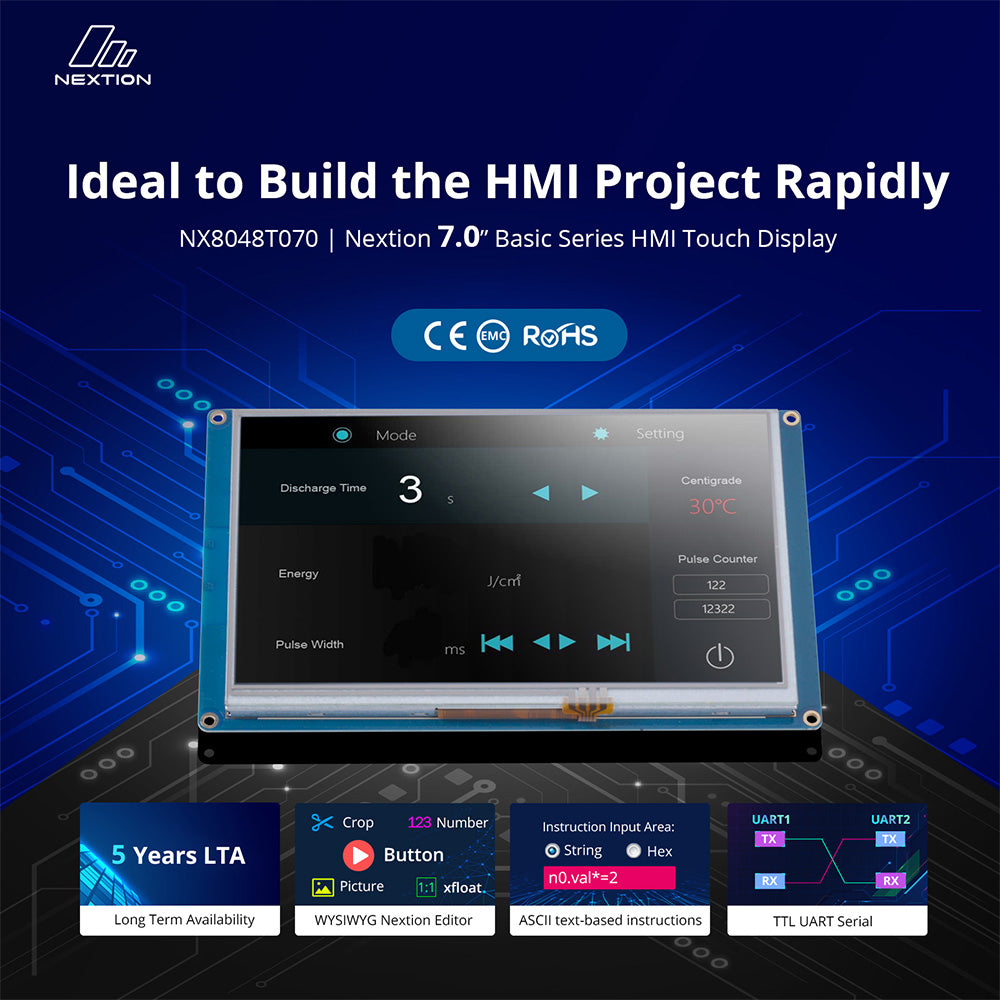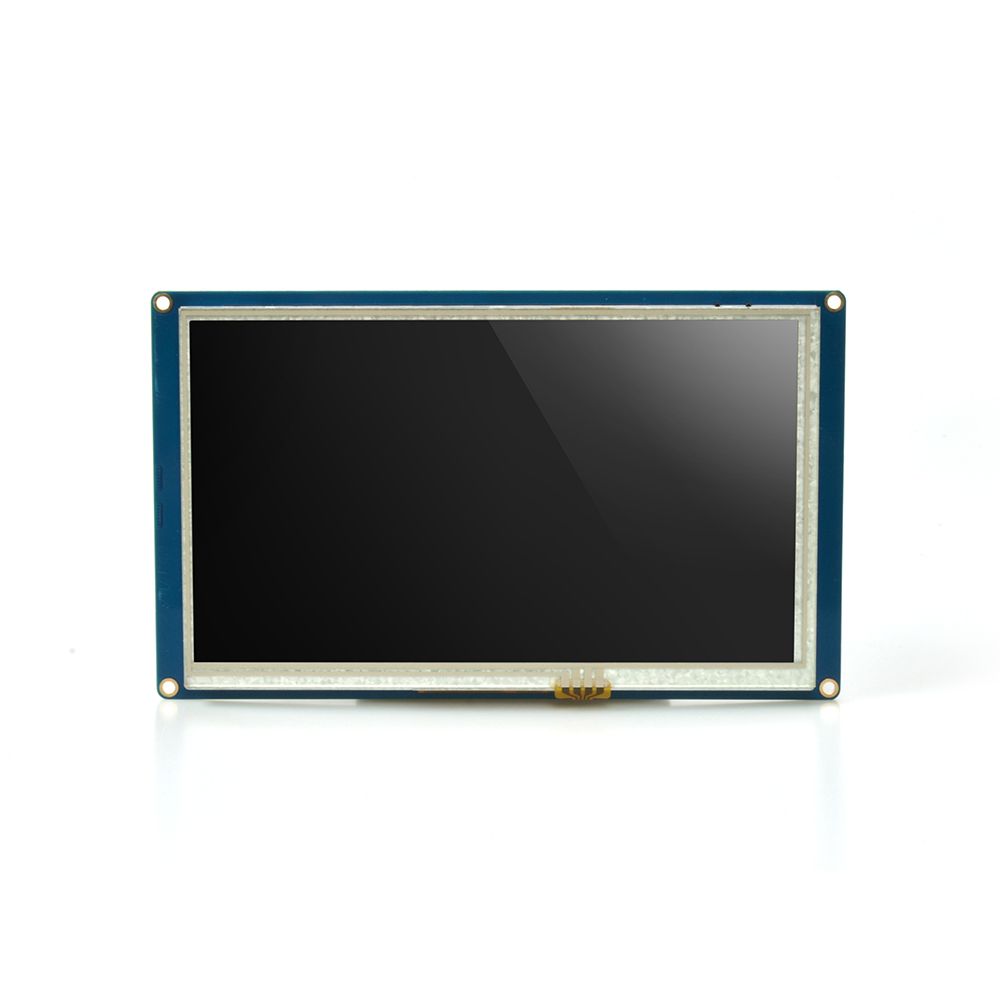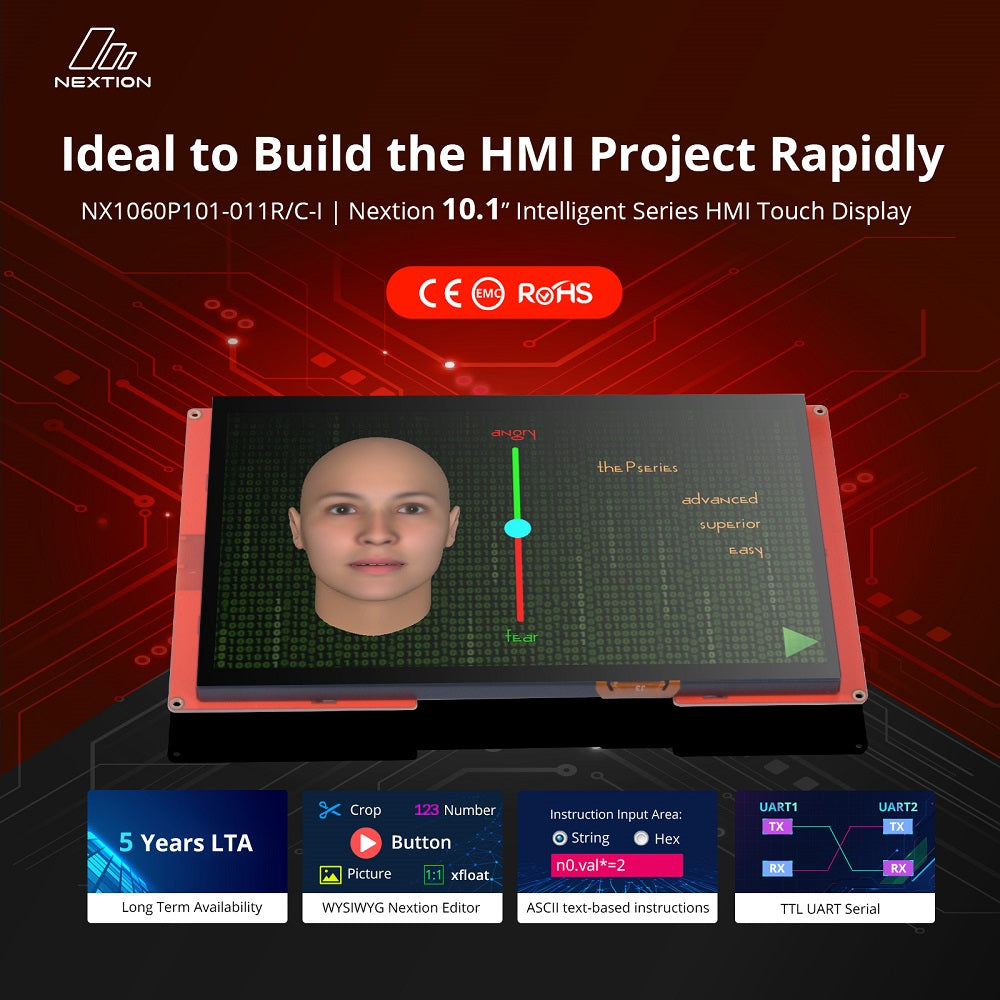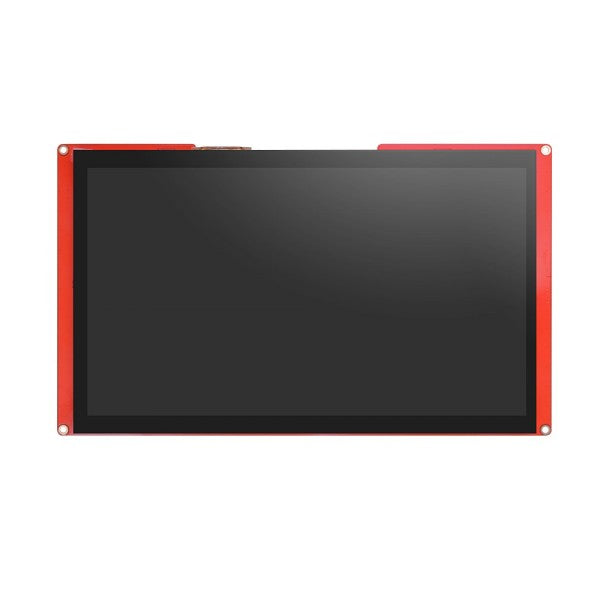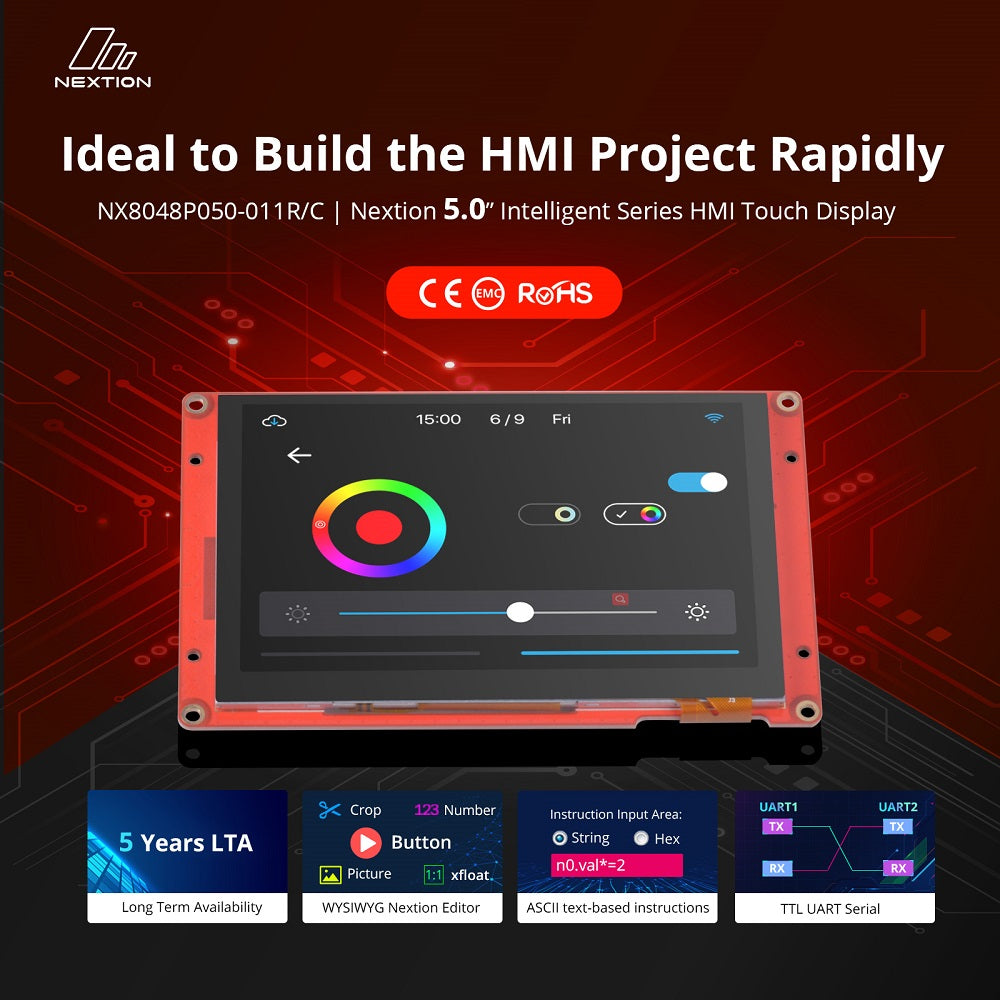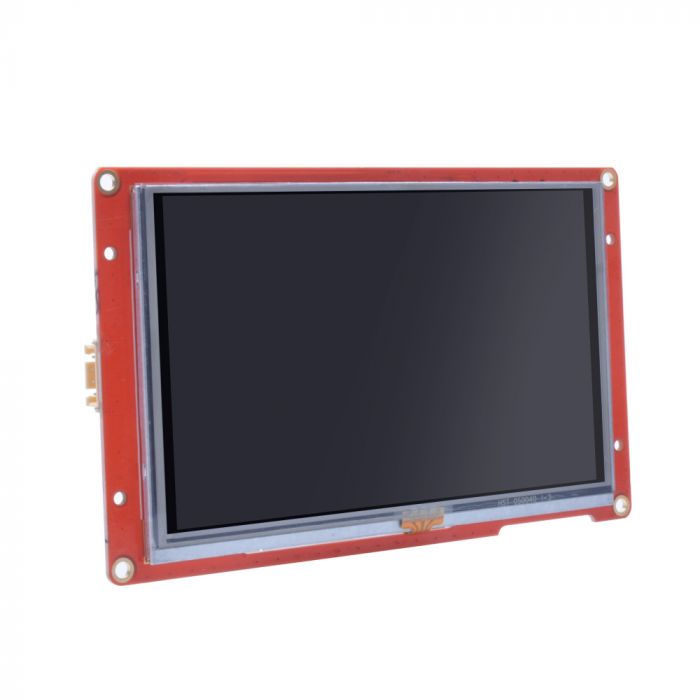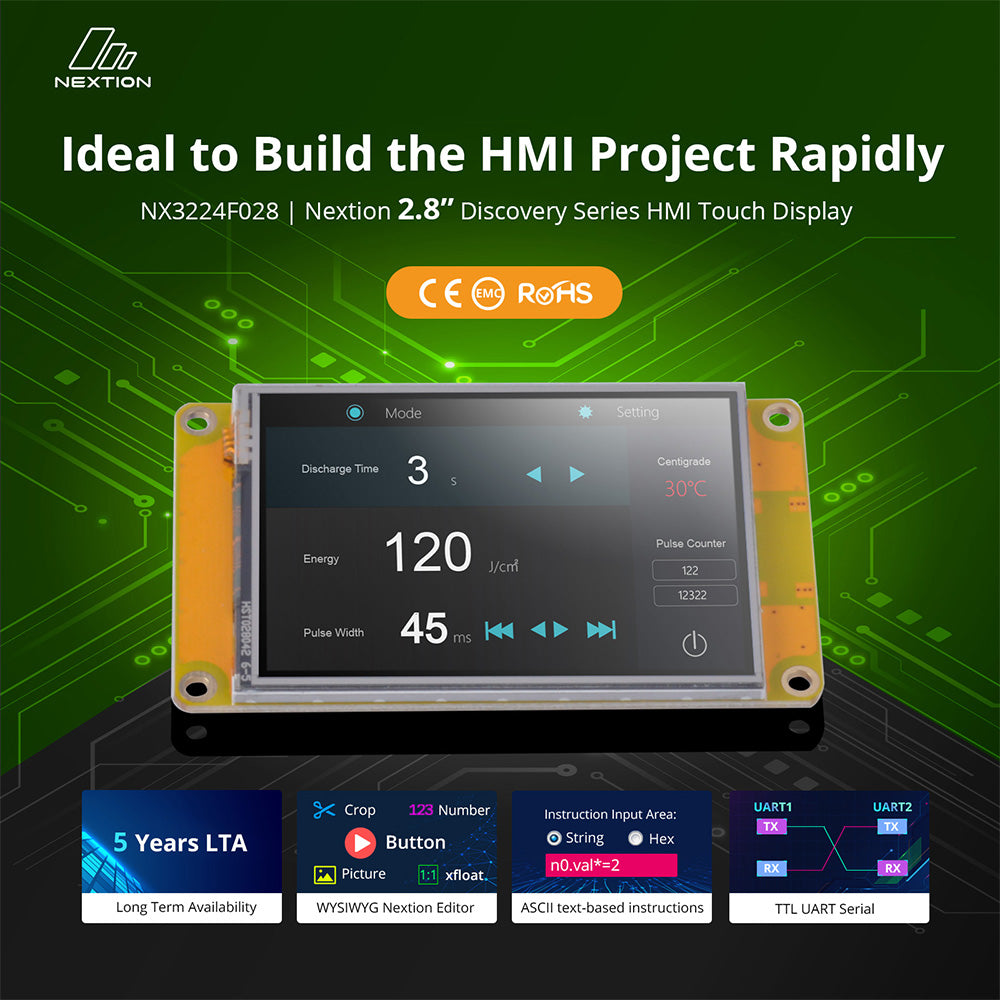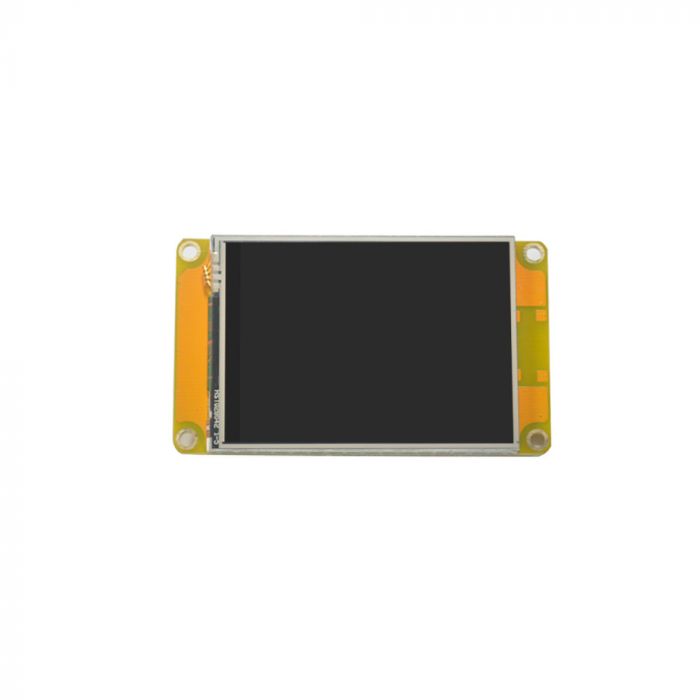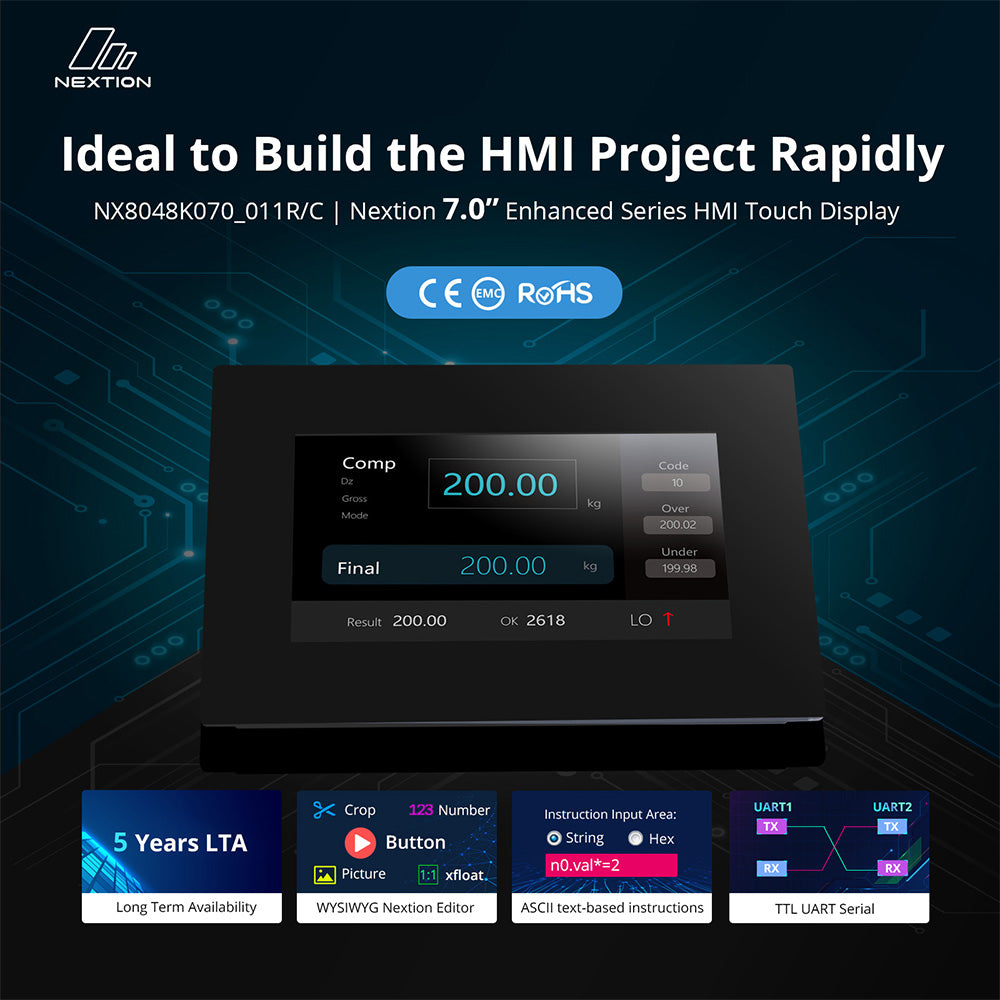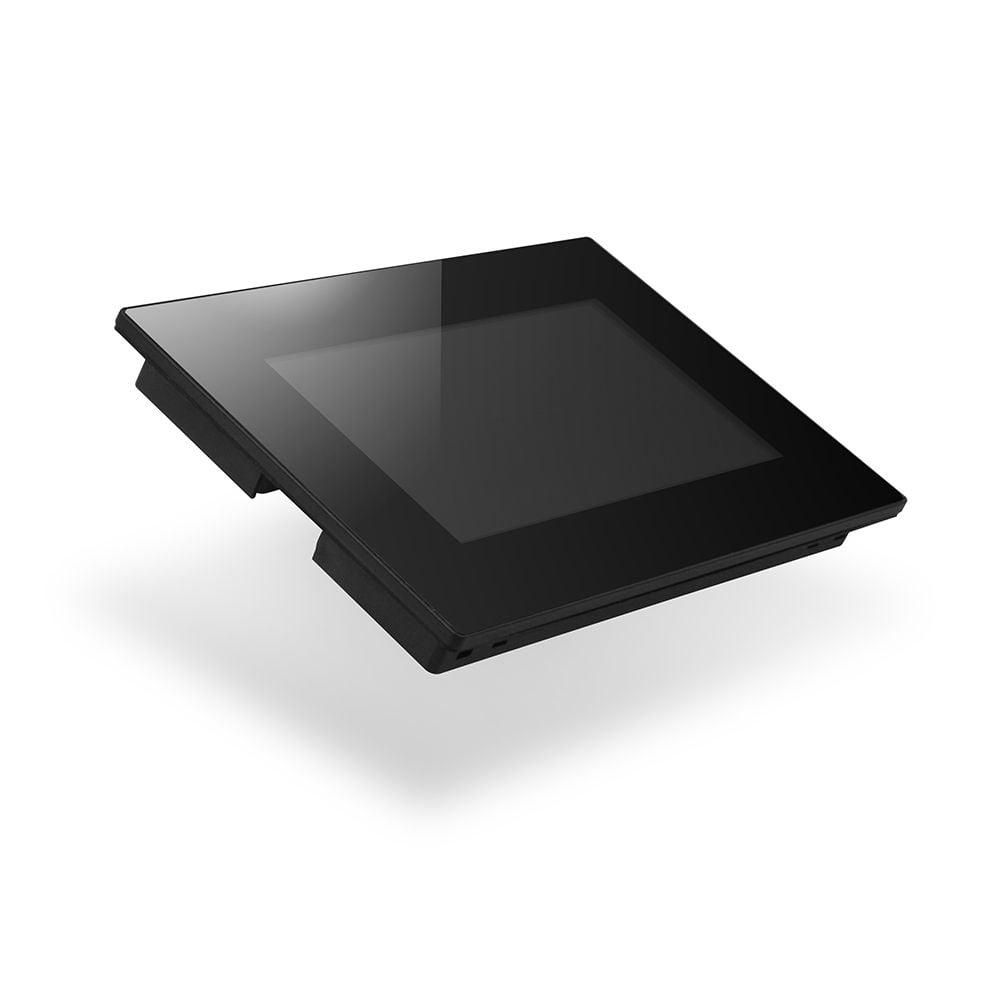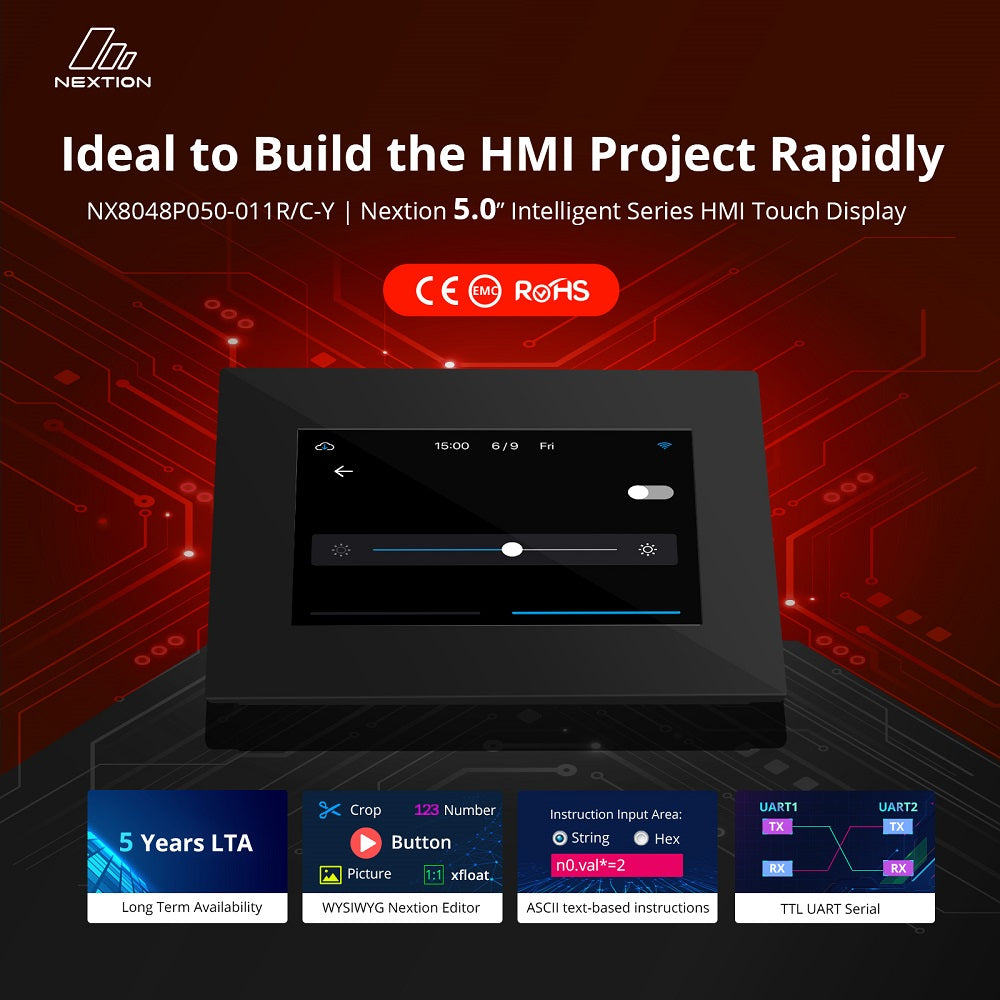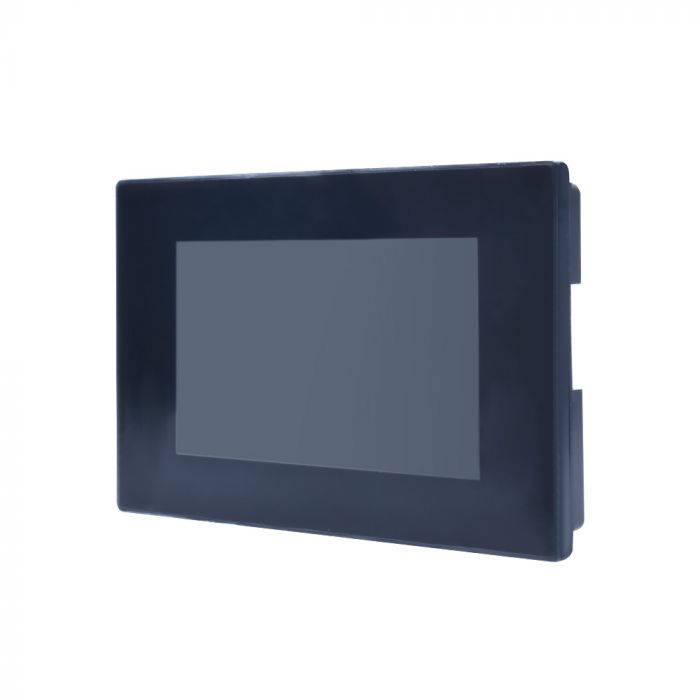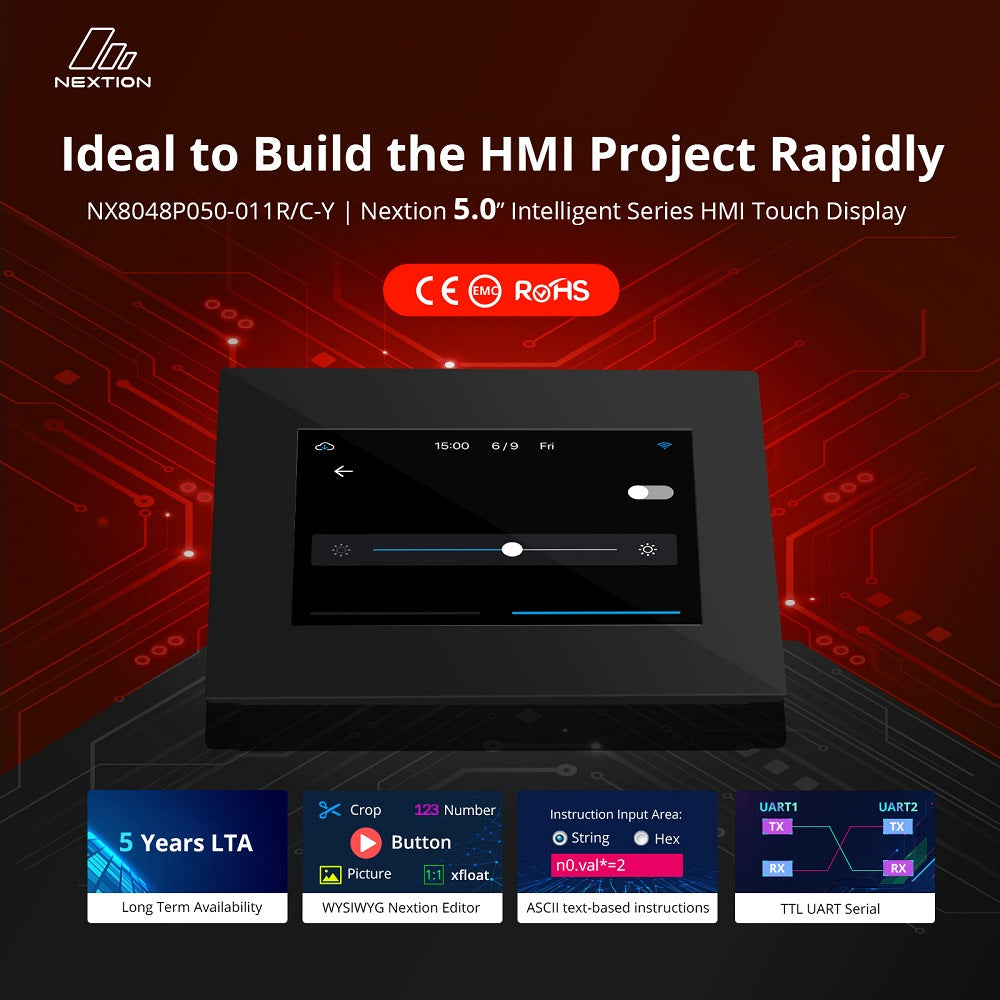TFT display: an overview of the meaning and advantages
TFT screens belong to the category of liquid crystal displays, which are known by the abbreviation LCD. The “TFT” stands for “thin film transistor”, the “LCD” for “liquid crystal display”. In practice, there is often confusion about the terms because manufacturers and other players use these designations differently. The correct definition is: a TFT display is a special form of LCD display: the individual LCD pixels are controlled via a matrix of thin-film transistors (TFT).
TFT screens have now become established in the LCD display sector, and the technology offers a number of advantages over conventional LCD variants. These include:
- high resolution
- fast response time

TFT screen and alternatives: differences
If you want to equip industrial plants or individual machines with a monitor, you have several options to choose from. Often, the choice is between the two categories of TFT and OLED displays. Consider the significant differences between these two forms. A TFT screen is based on backlighting; the display is passive. Numerous components such as the pixel electrodes, the thin film transistor matrix (TFT), the liquid crystal and the color filter (RGB) create the desired image on the display. By contrast, the OLED display works with an active process; backlighting is not required.
A comparison of TFT and OLED reveals the following:
- OLED screens are characterized by impressive response times, better color reproduction and better viewing angles.
- Most TFT displays, on the other hand, are more robust. Various environmental influences such as high humidity can permanently impair OLED displays, while TFT technology proves to be more resistant.
Furthermore, it may be worth taking a look at TFT vs. AMOLED screens. AMOLED displays use thin-film transistors, just like TFT displays. AMOLED is a further development of OLED, offering various advantages such as better viewing angle stability.
Buy the right TFT display for your purpose
Have you basically decided on a TFT display? Now it's time to order the right model. Here in the shop, you will find sophisticated TFT screens in numerous designs, for example as TFT touch panels. Among other things, pay attention to these criteria:
- Dimensions (in inches)
- hardware compatibility (Arduino TFT display, Raspberry PI TFT display and co.)
- amount of storage capacity (flash memory, RAM memory)
- number of pins available on the board
- performance data in areas such as resolution and brightness
In industrial applications, hardware compatibility is of primary importance. Many TFT displays can be operated with a variety of microcontrollers. Do you want to program your TFT display with Arduino or alternatively with Raspberry PI? This is possible in most cases. You can find the details on the product pages.
Touch TFT display: Convenient operation of devices and systems
Just a display or display and control? We sell conventional TFT monitors as well as touch TFT displays. The screens with touchscreens are easy to use. They also eliminate the need for additional devices such as a computer or laptop to control the respective system or machine.

